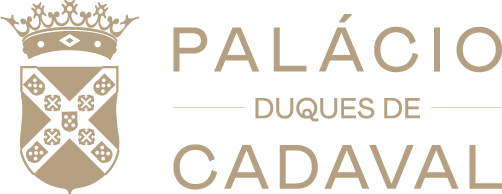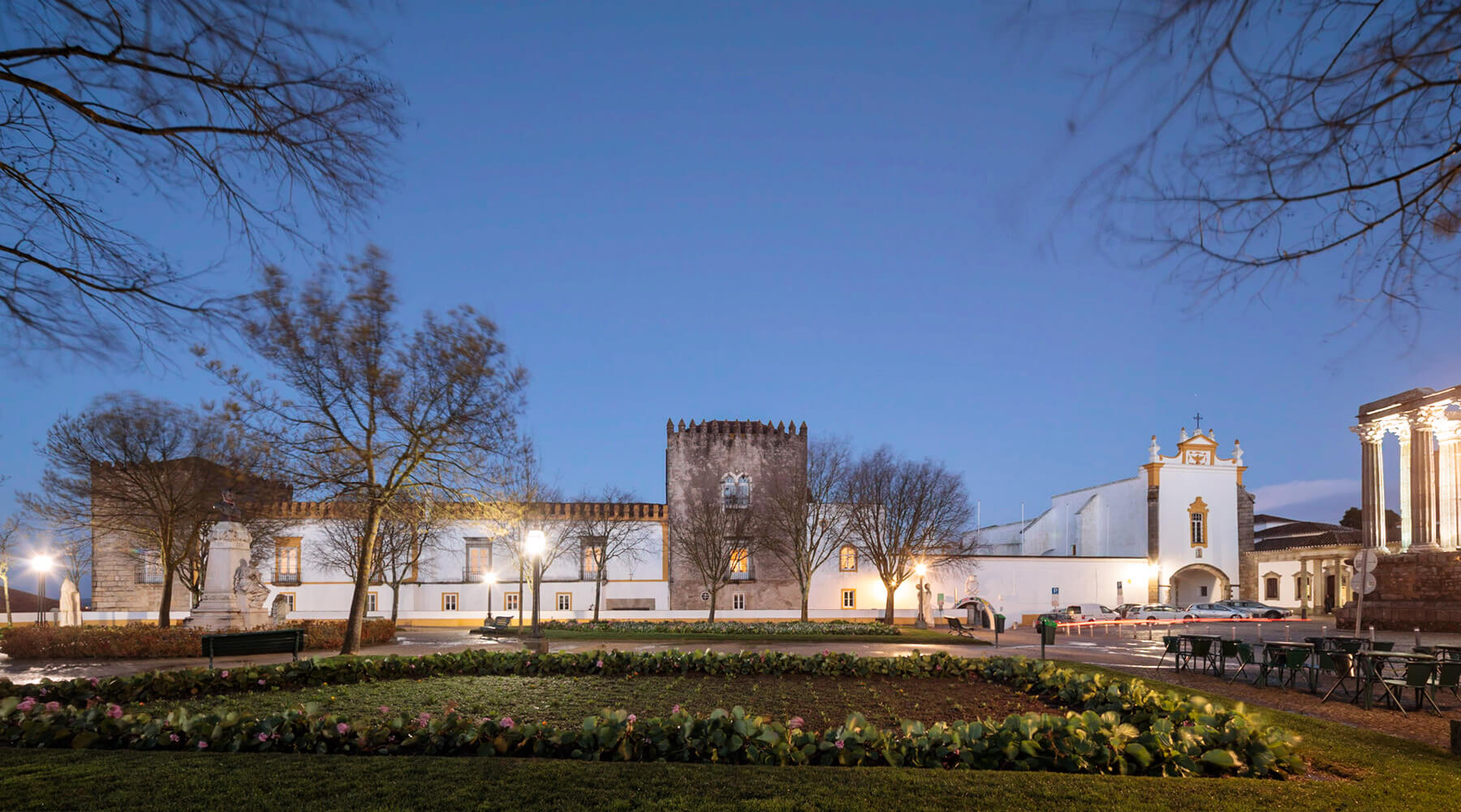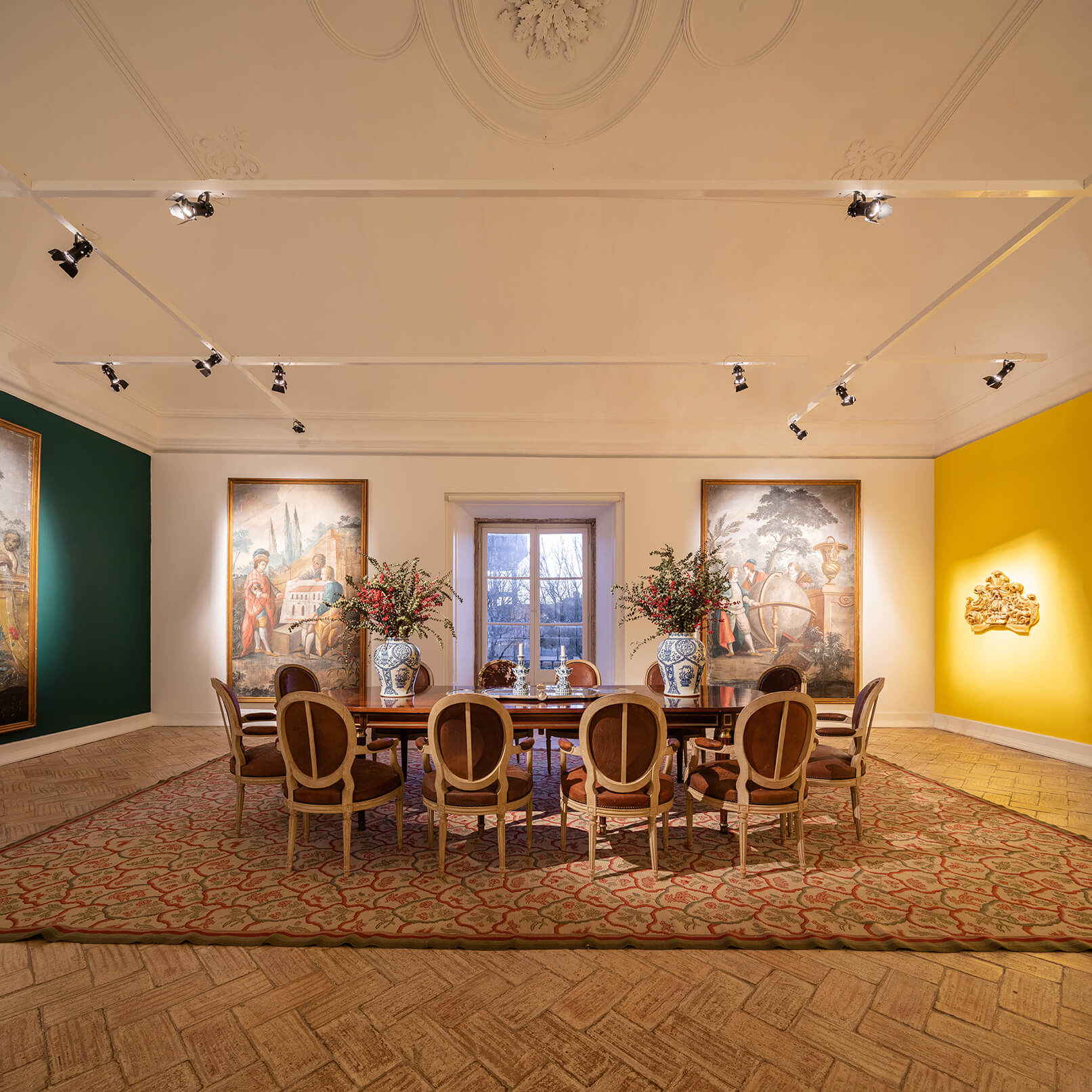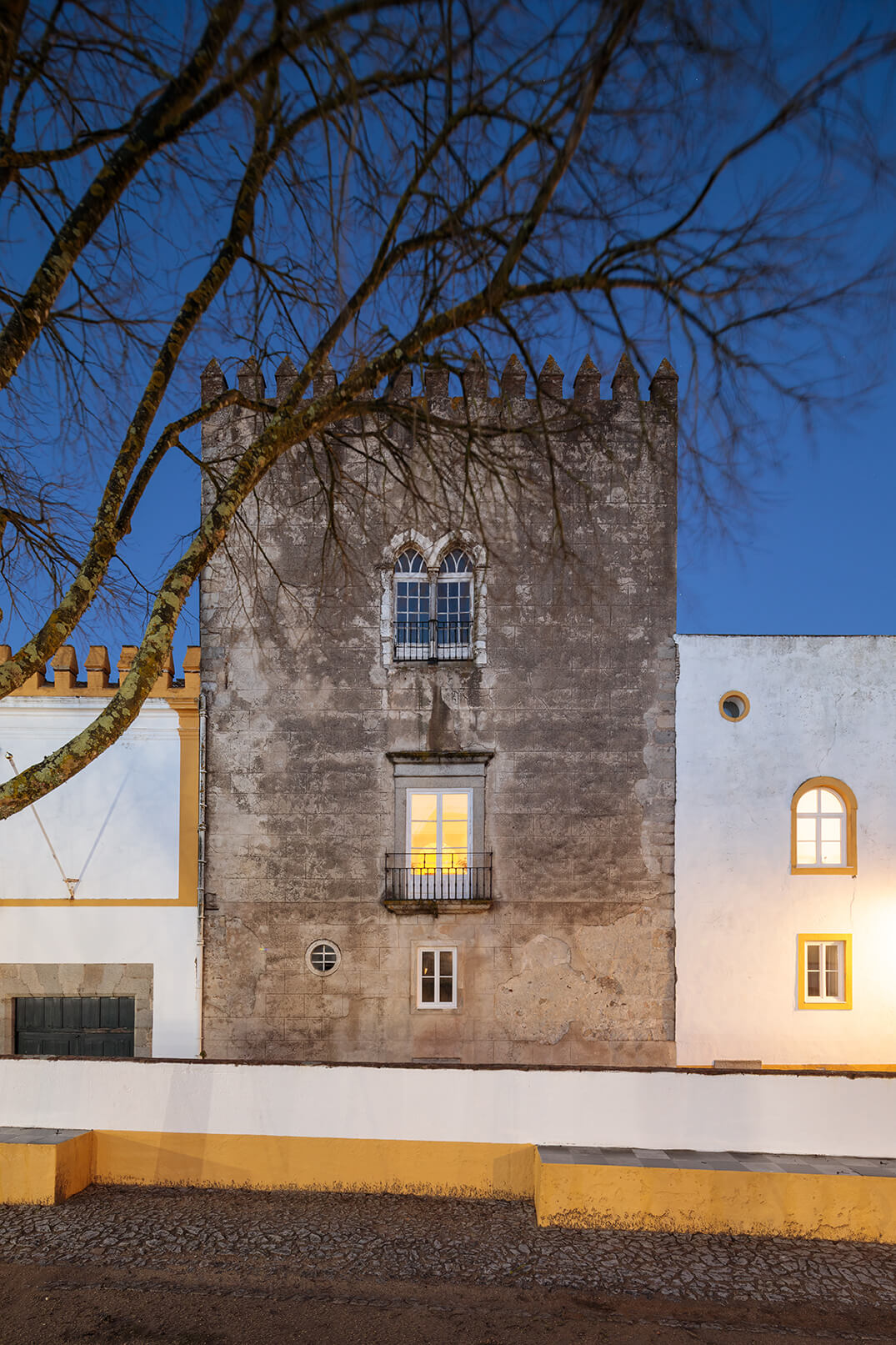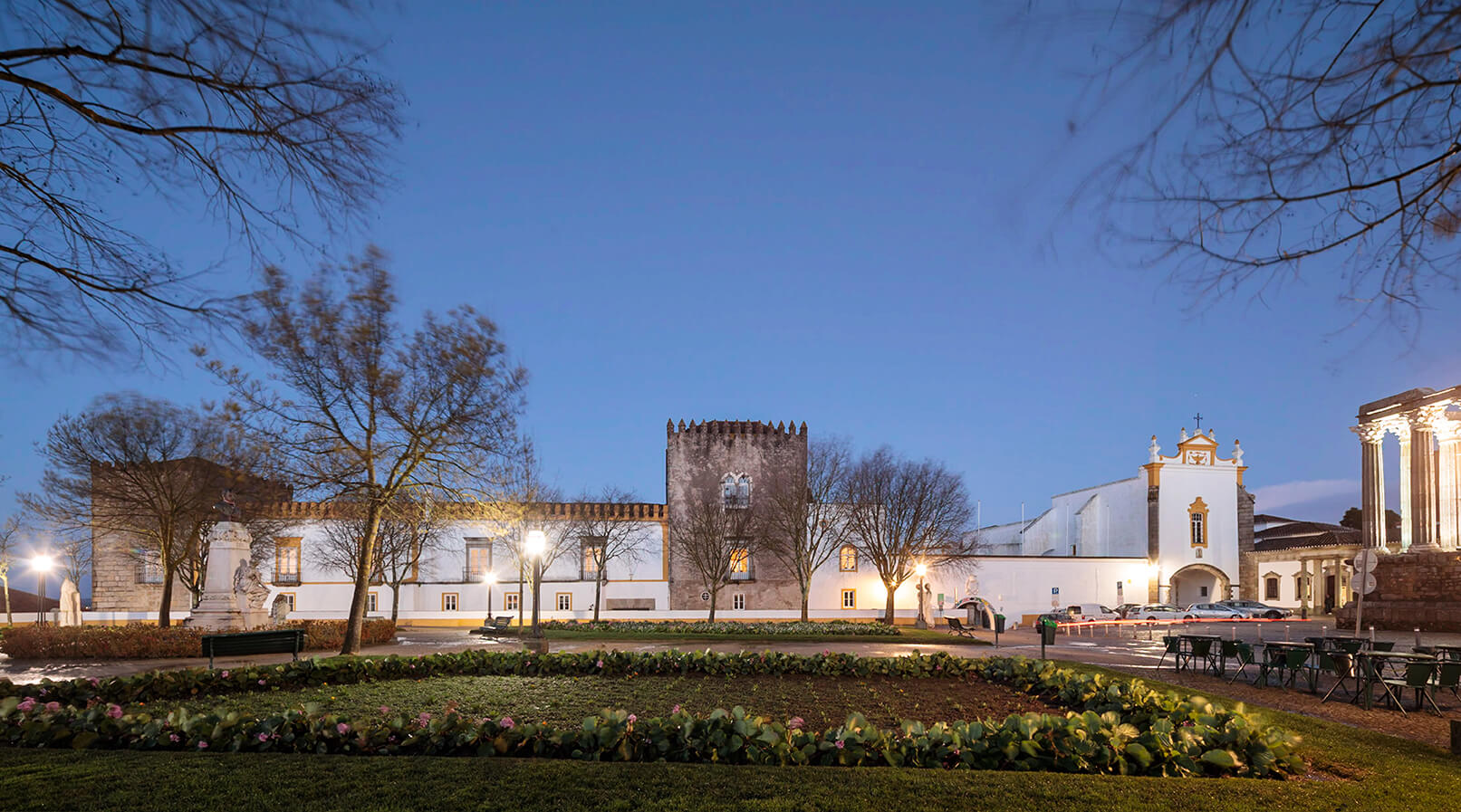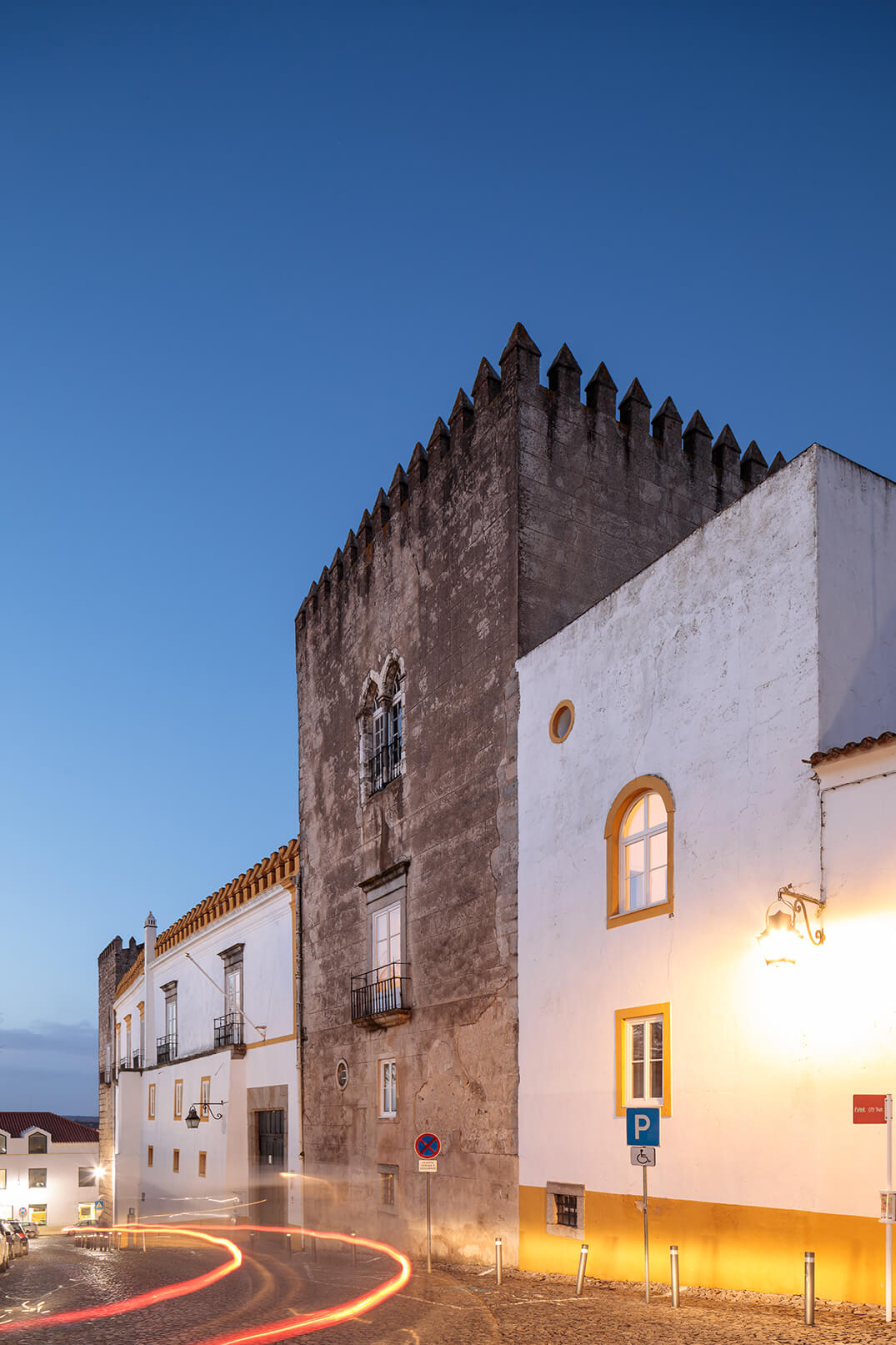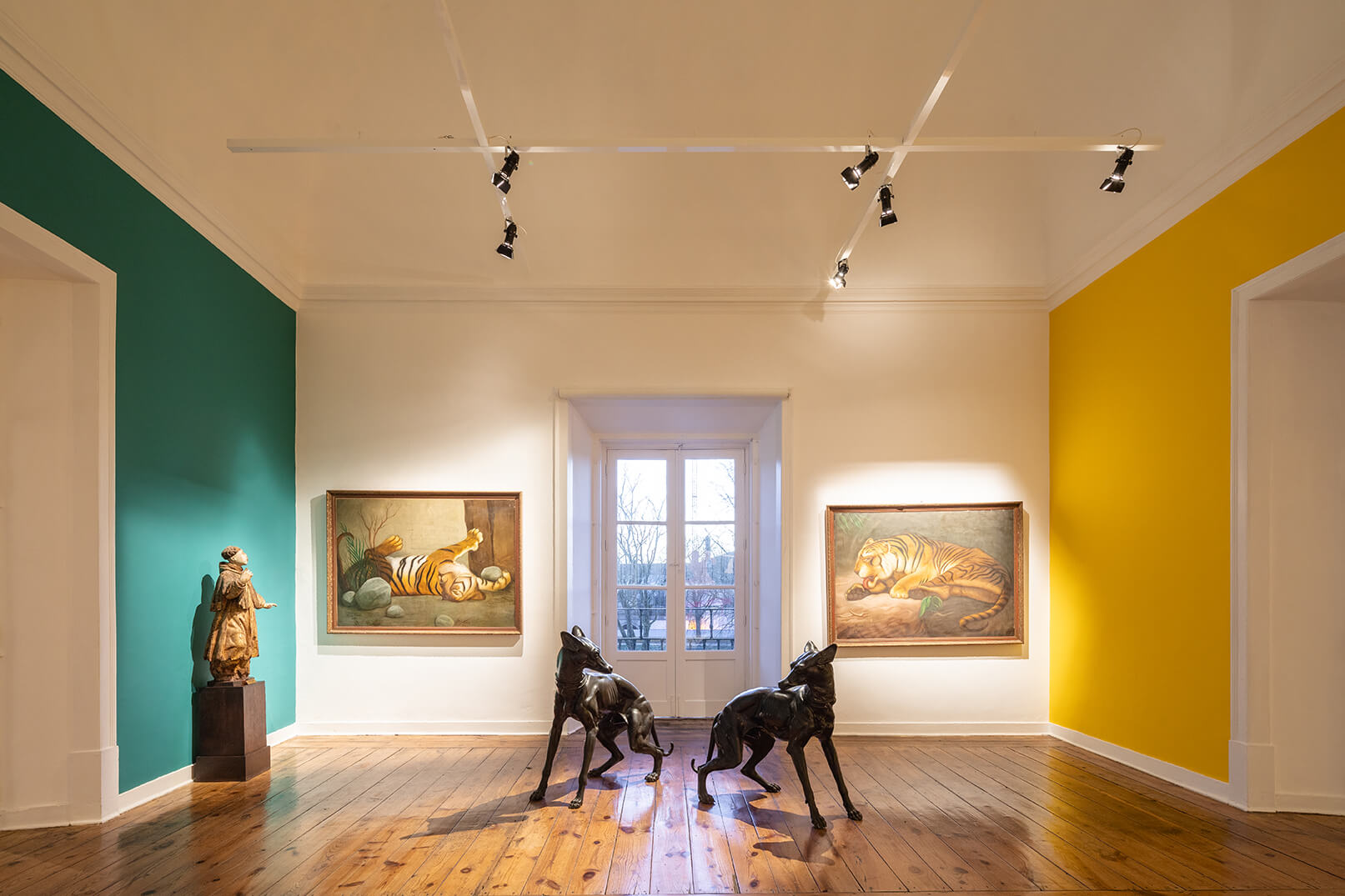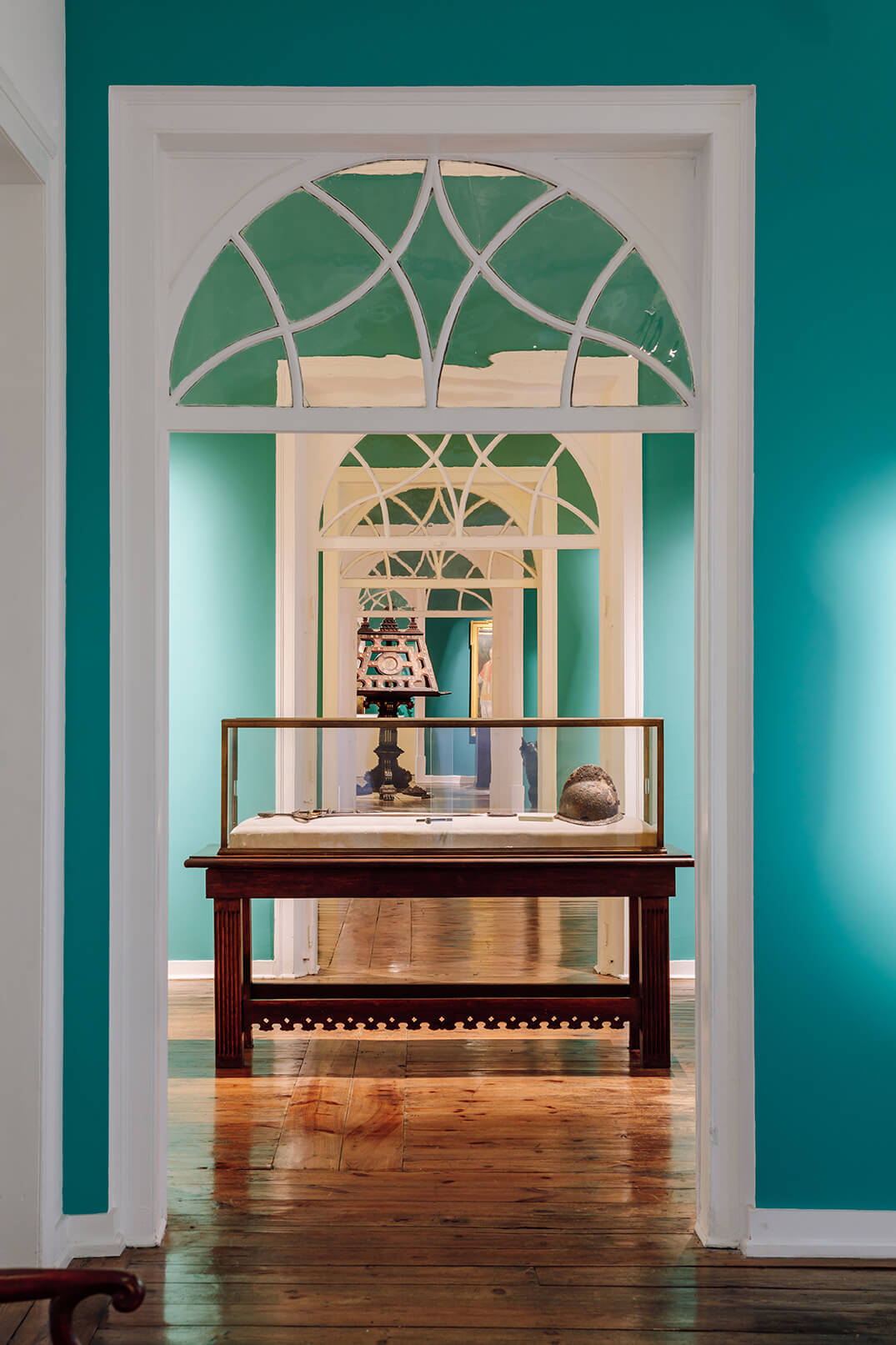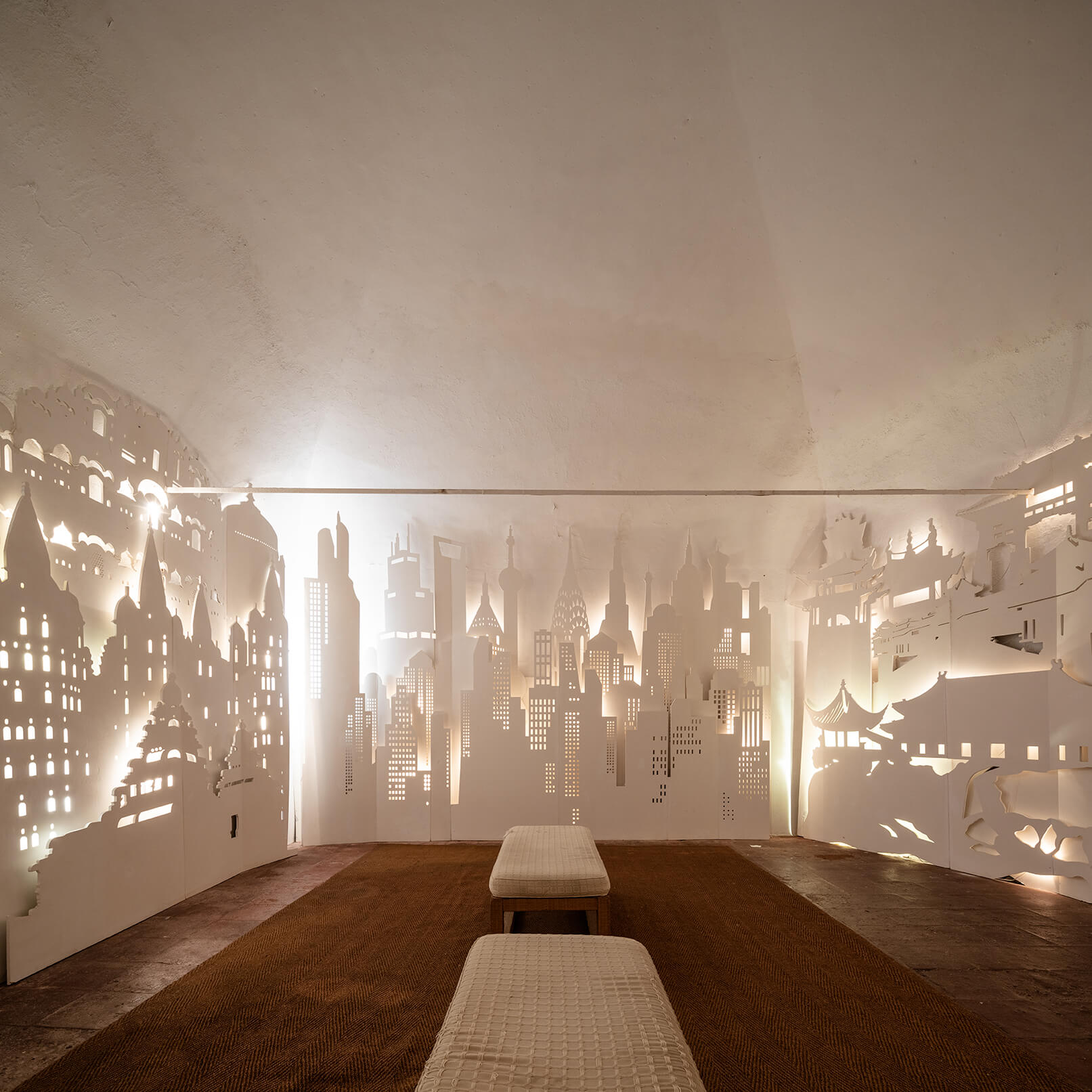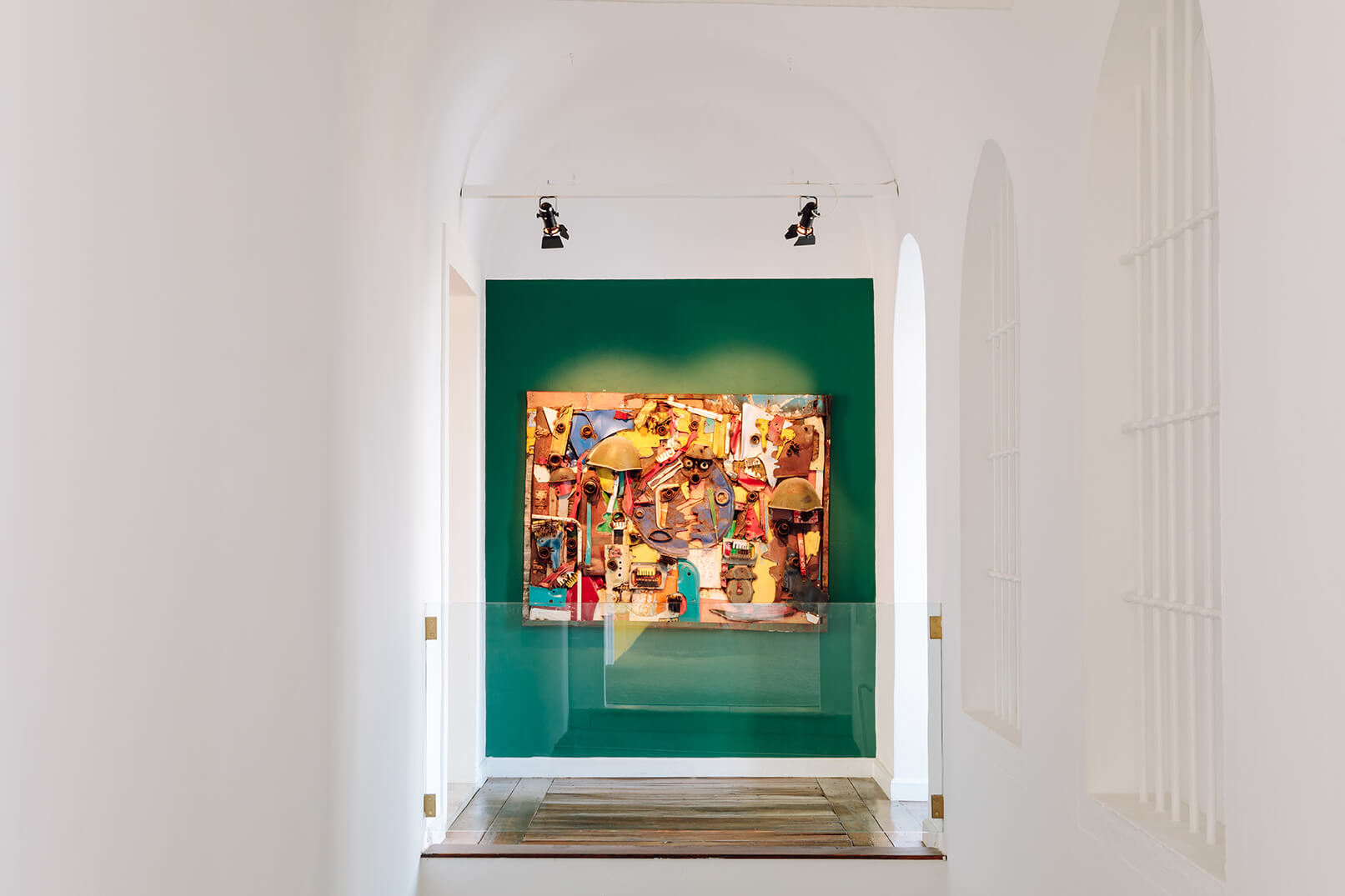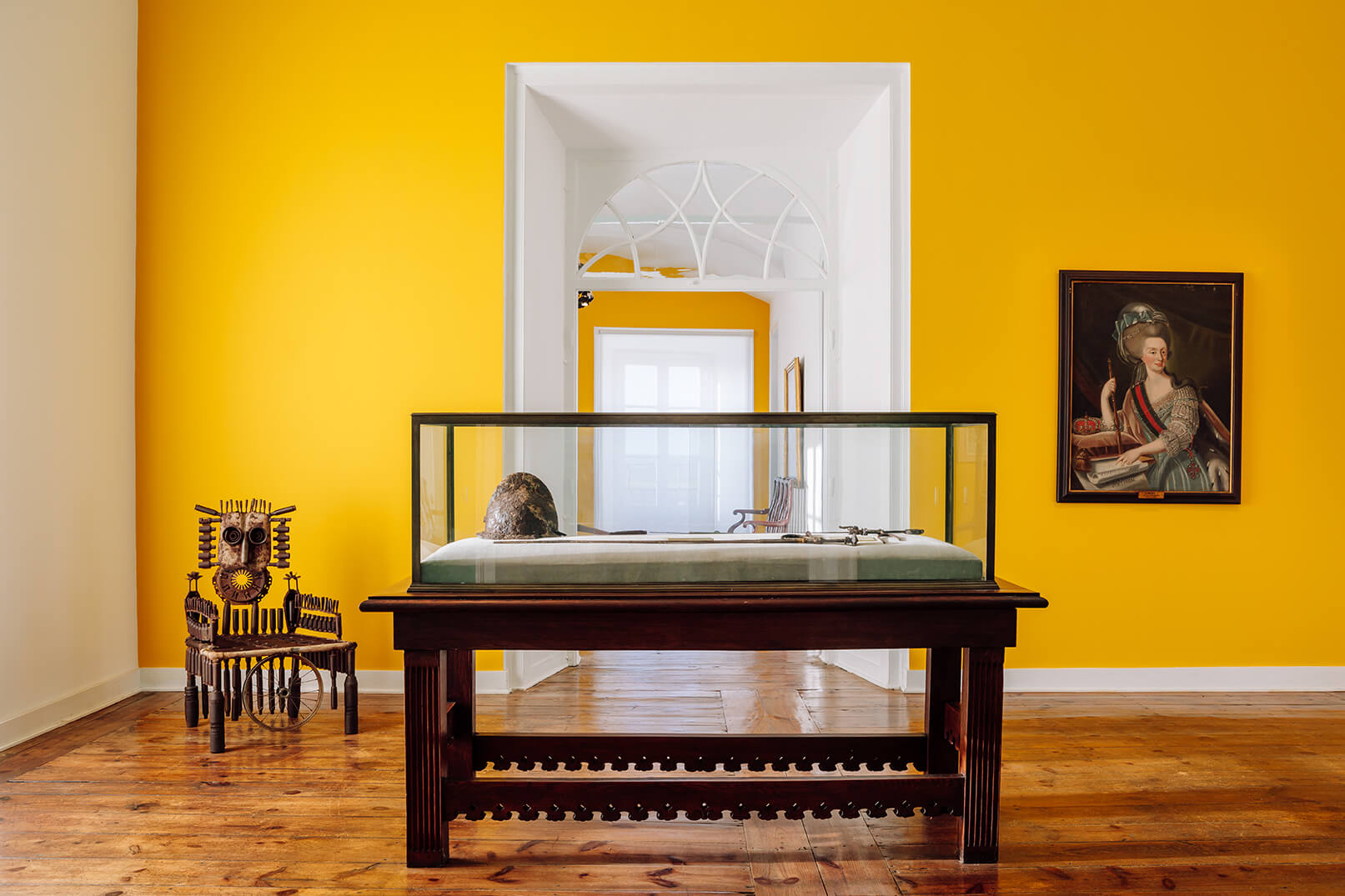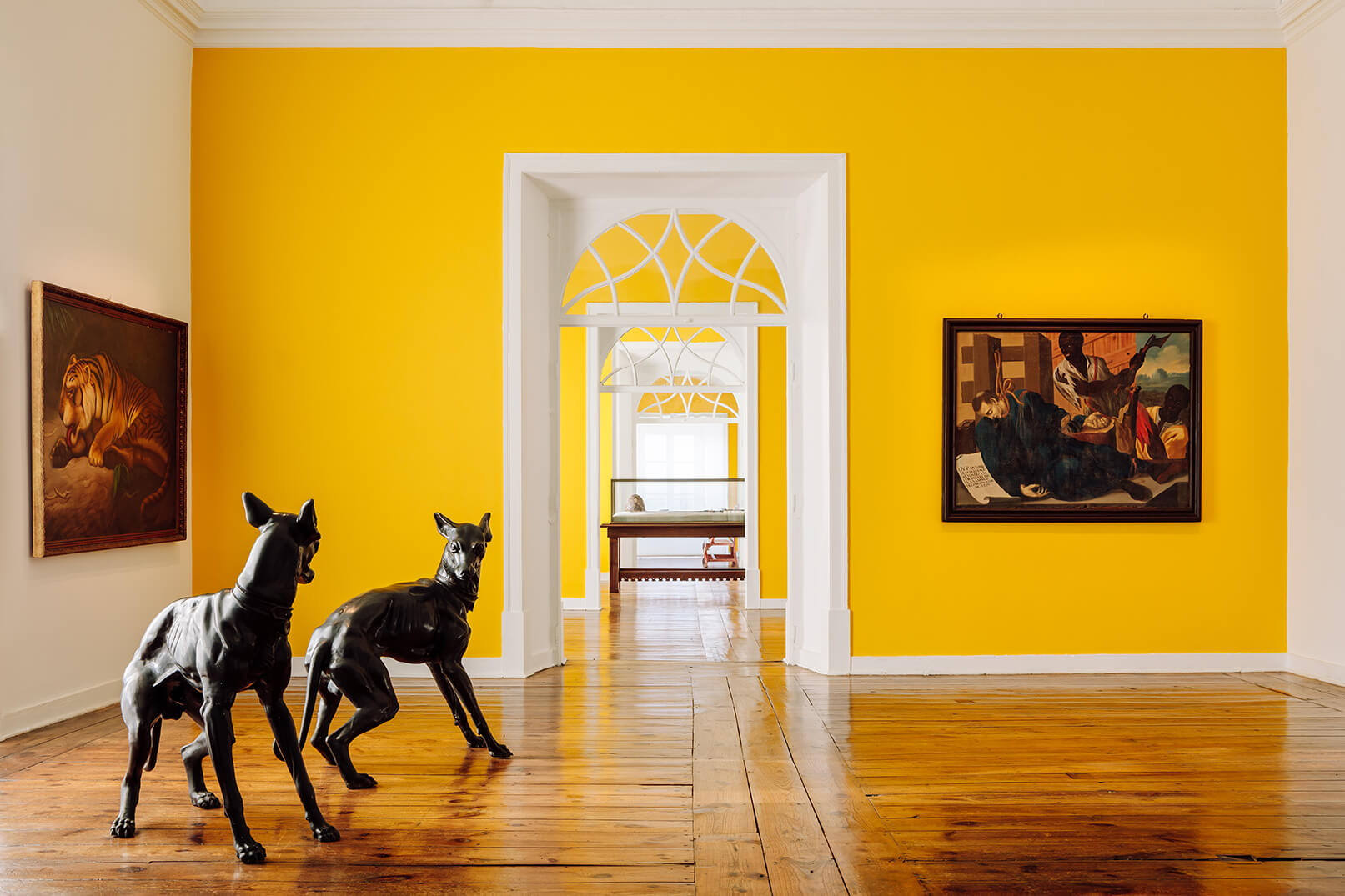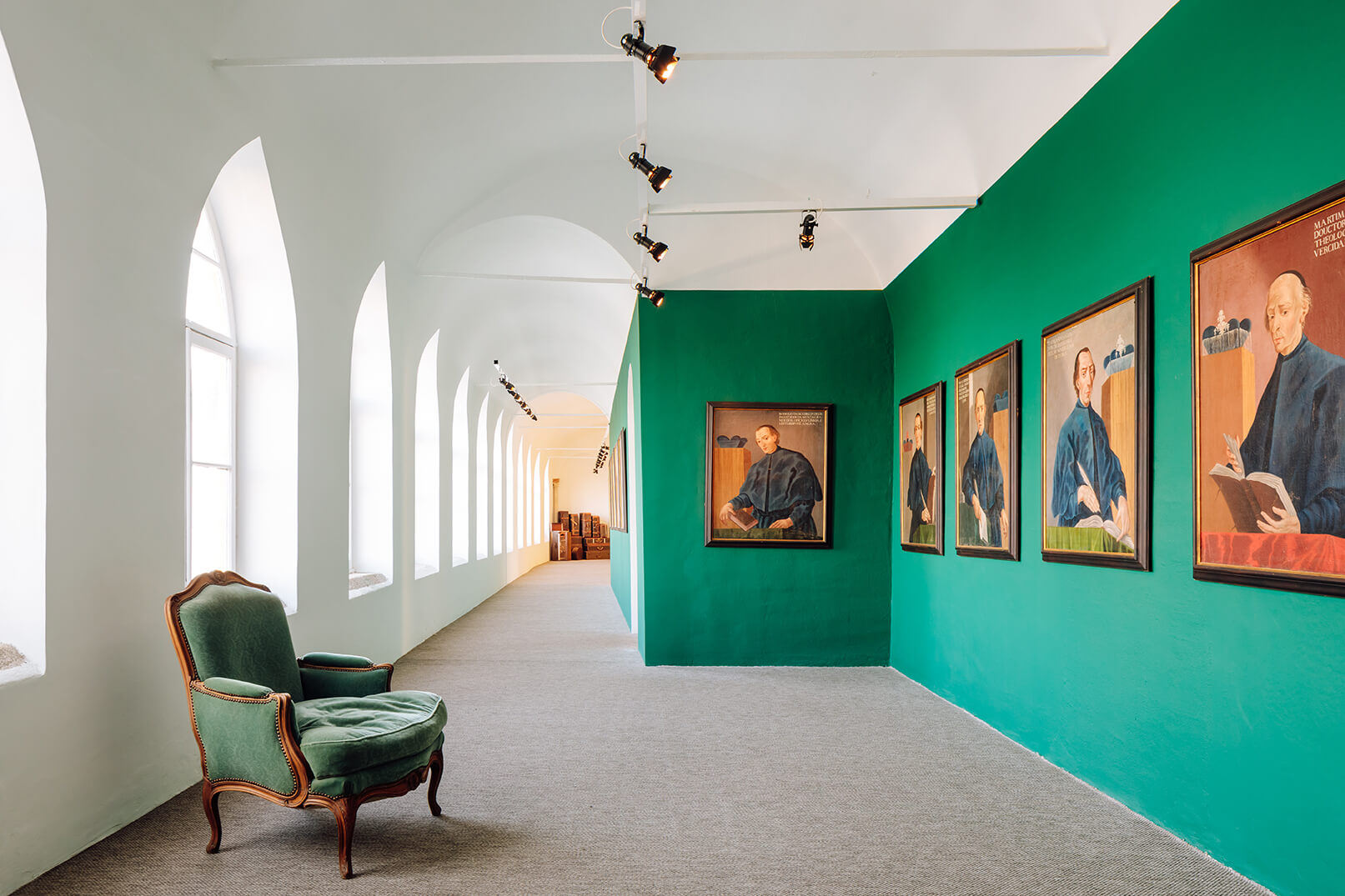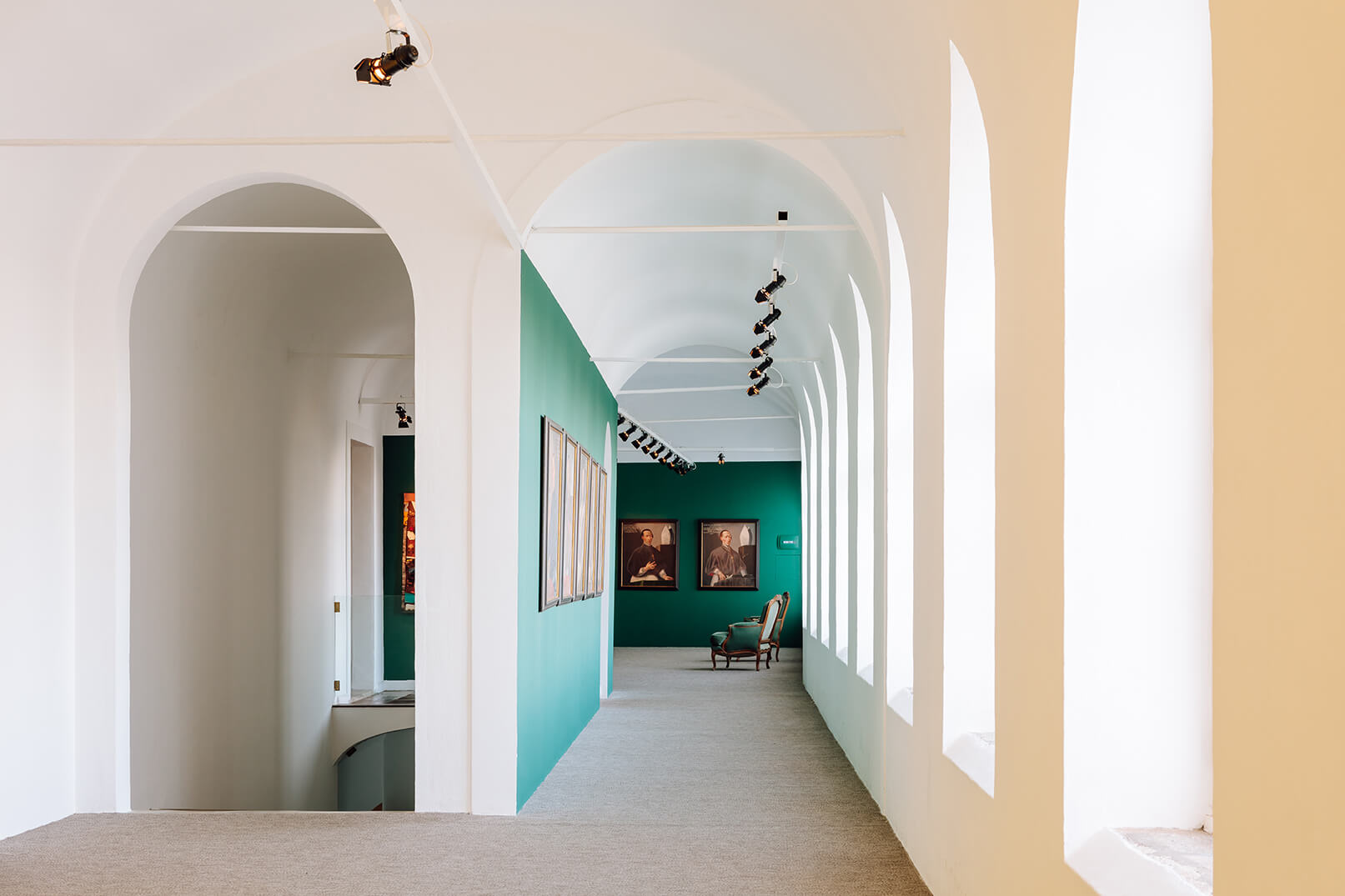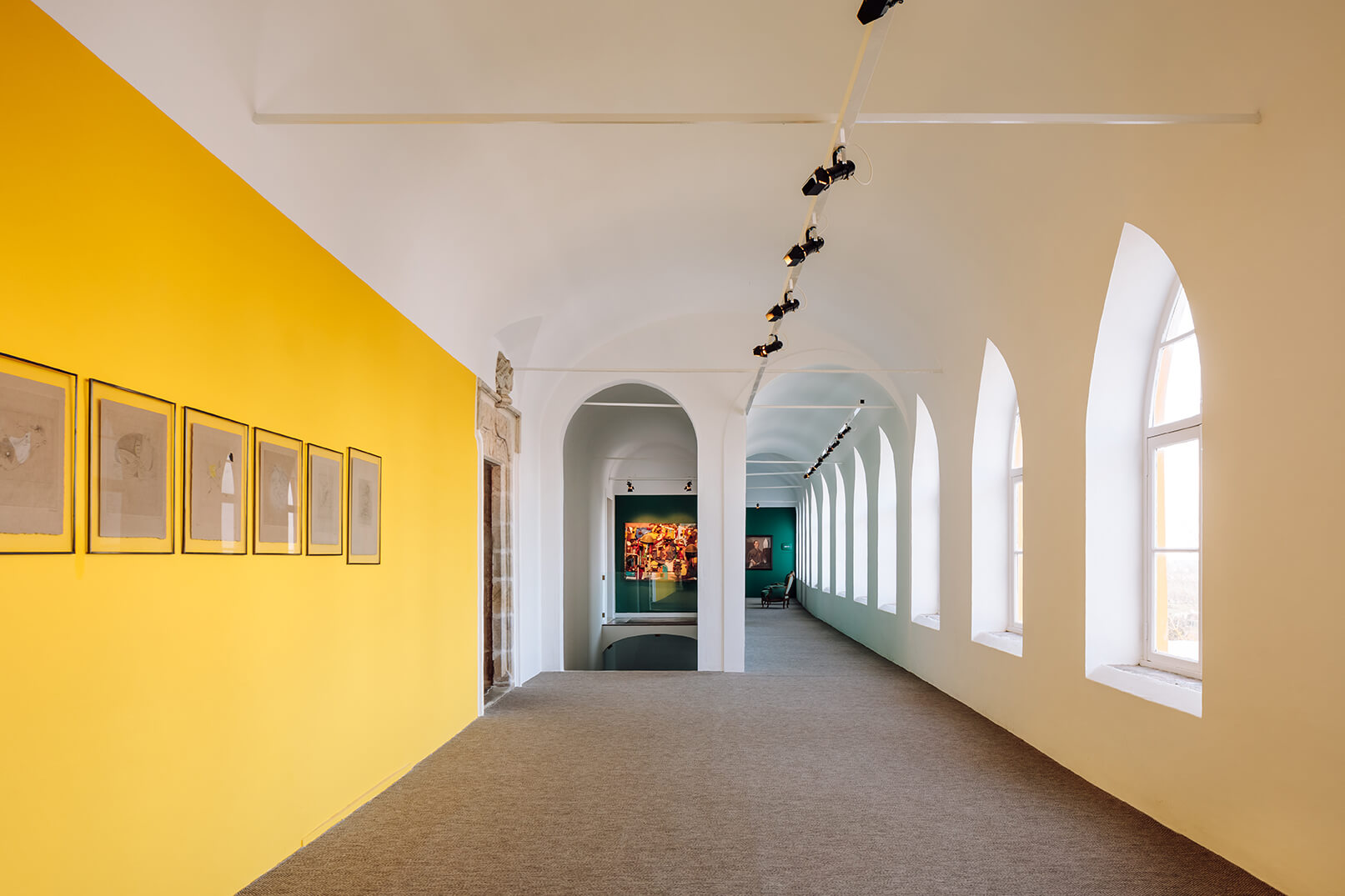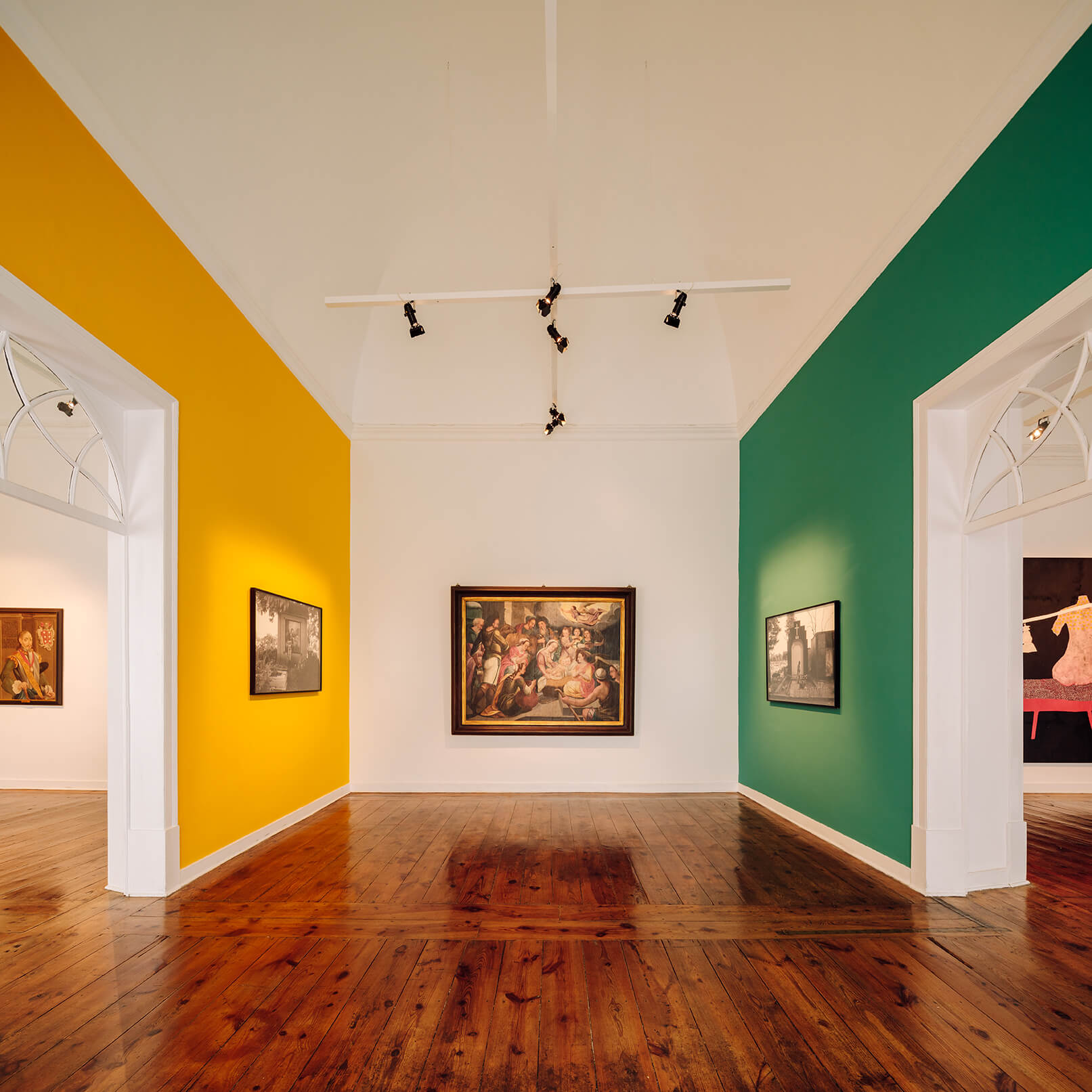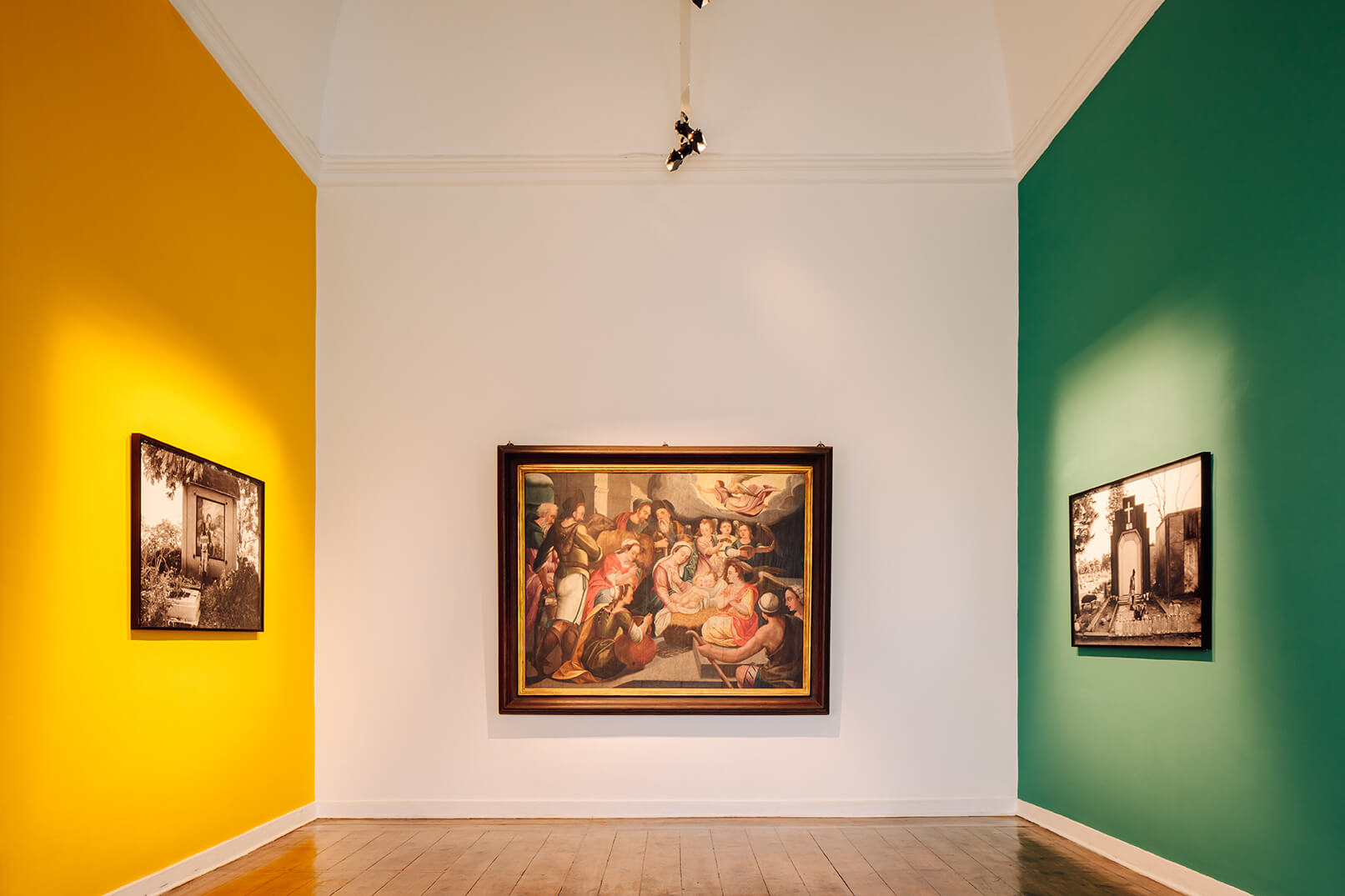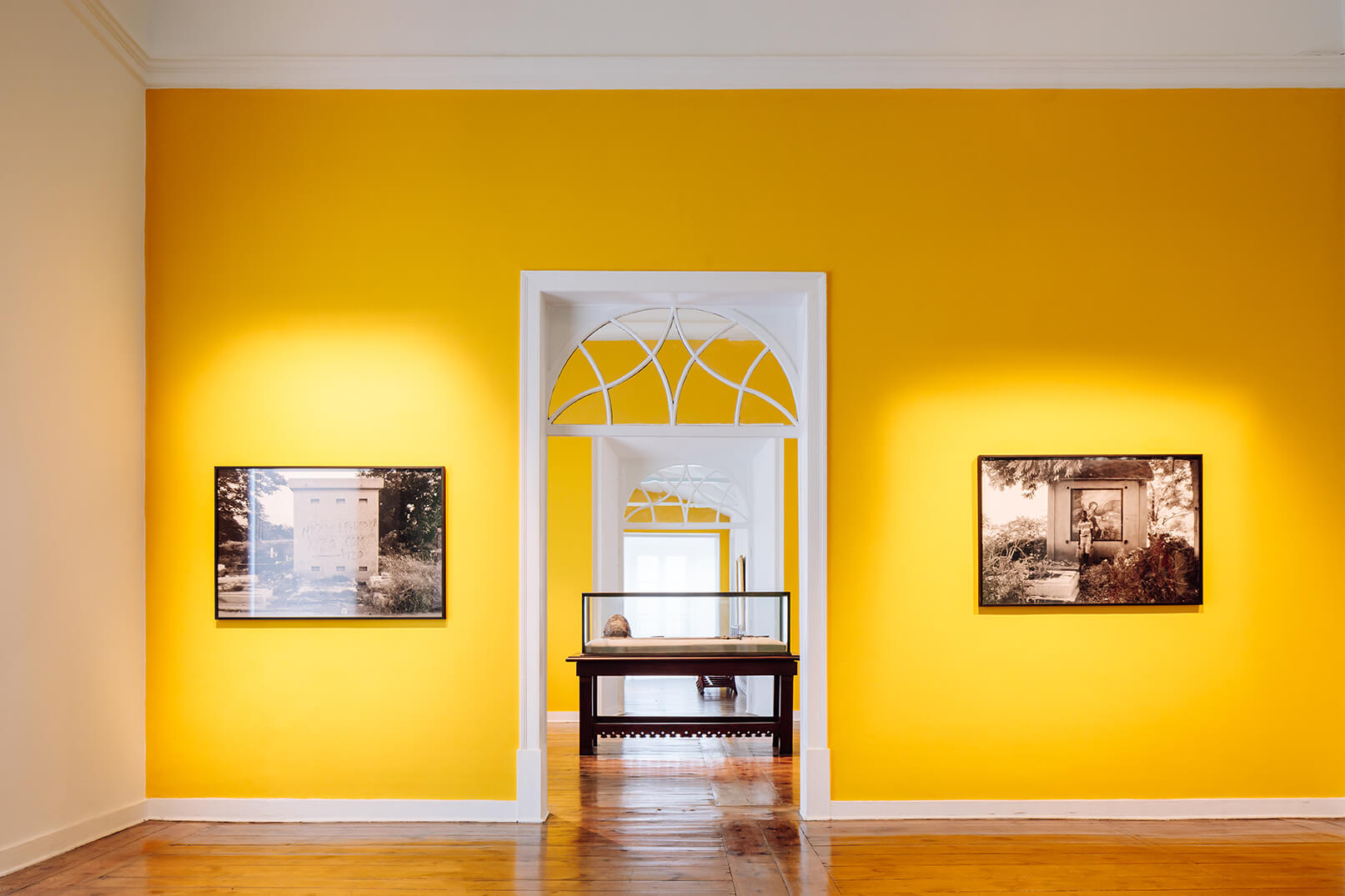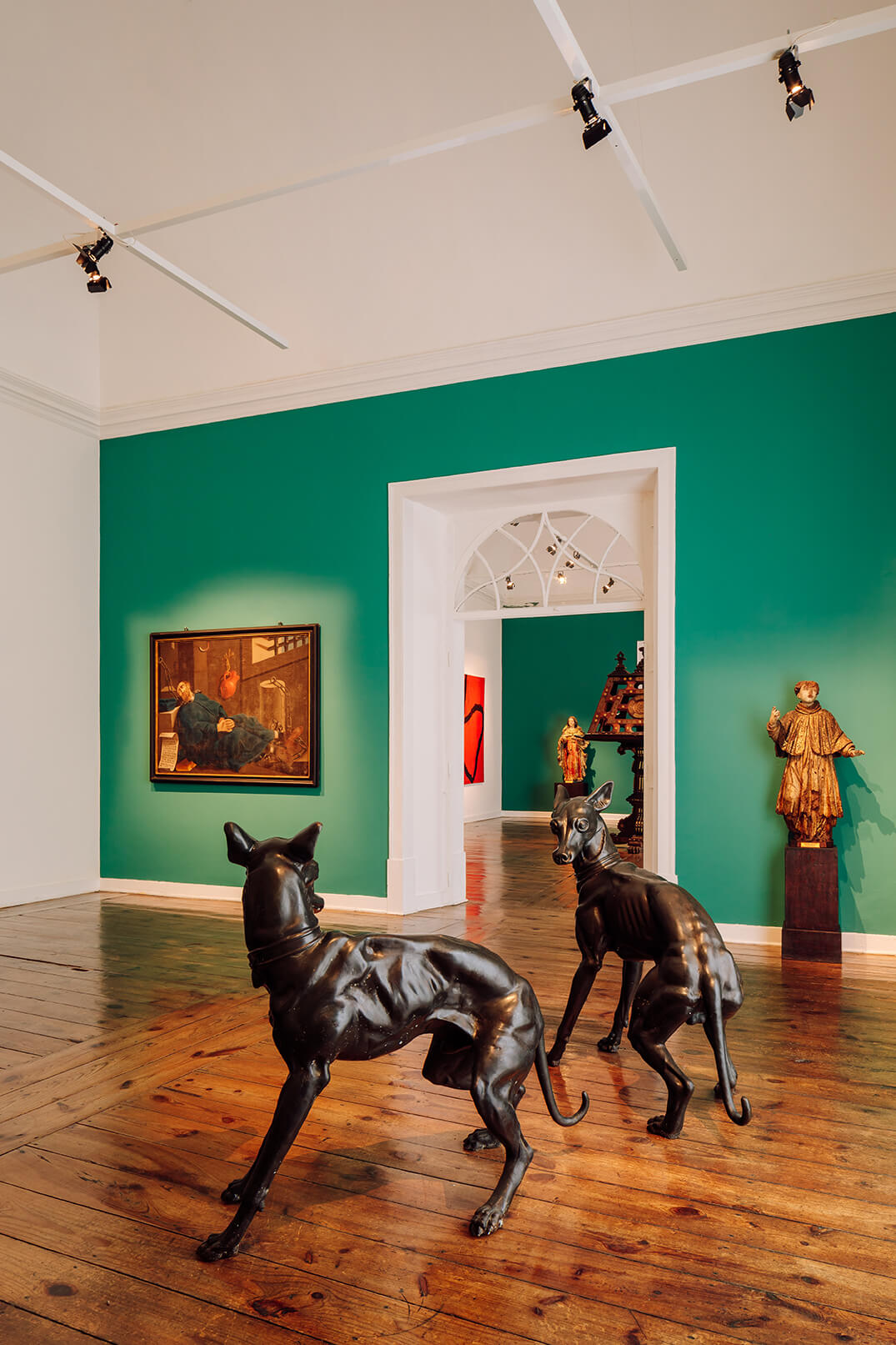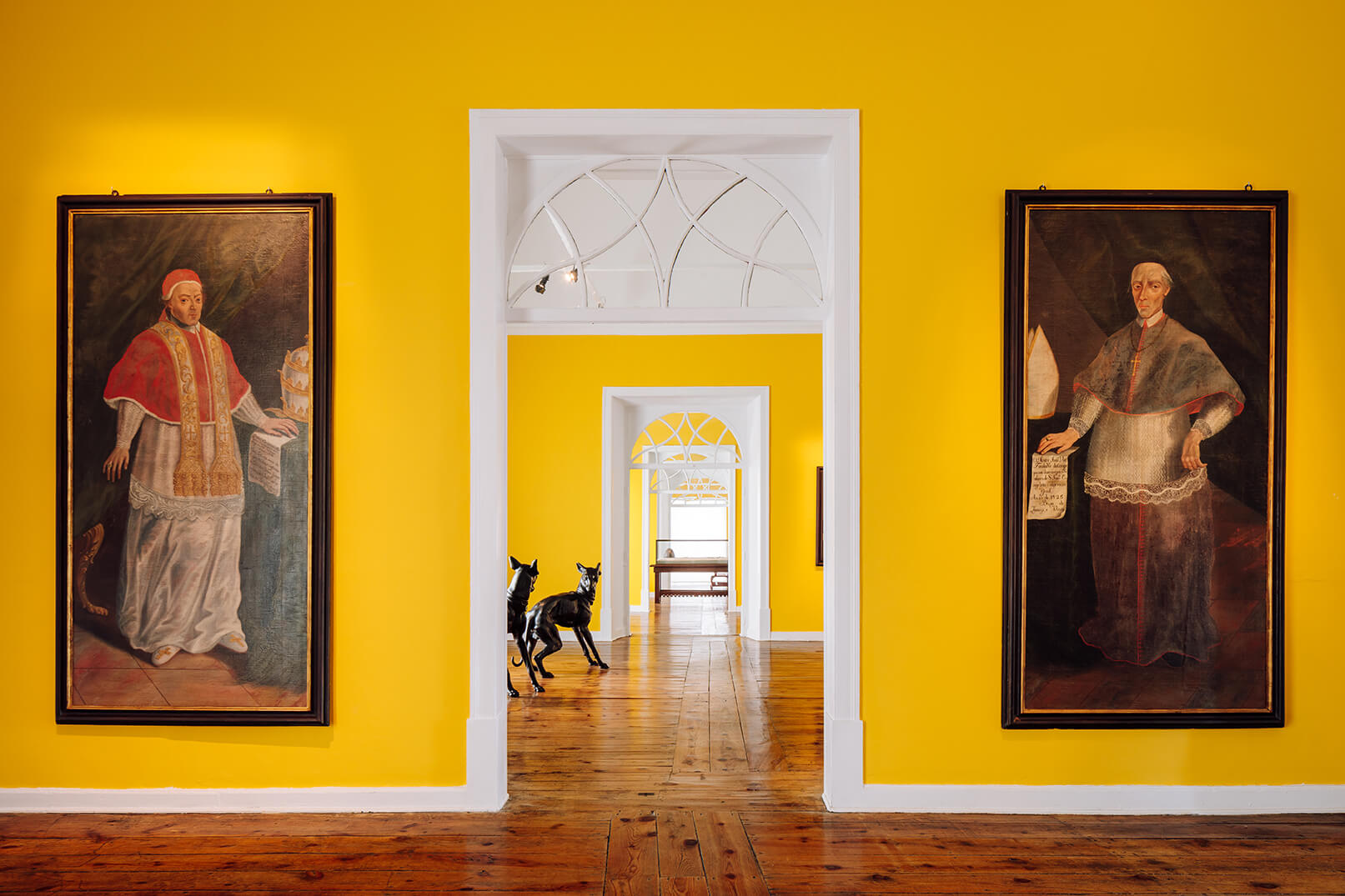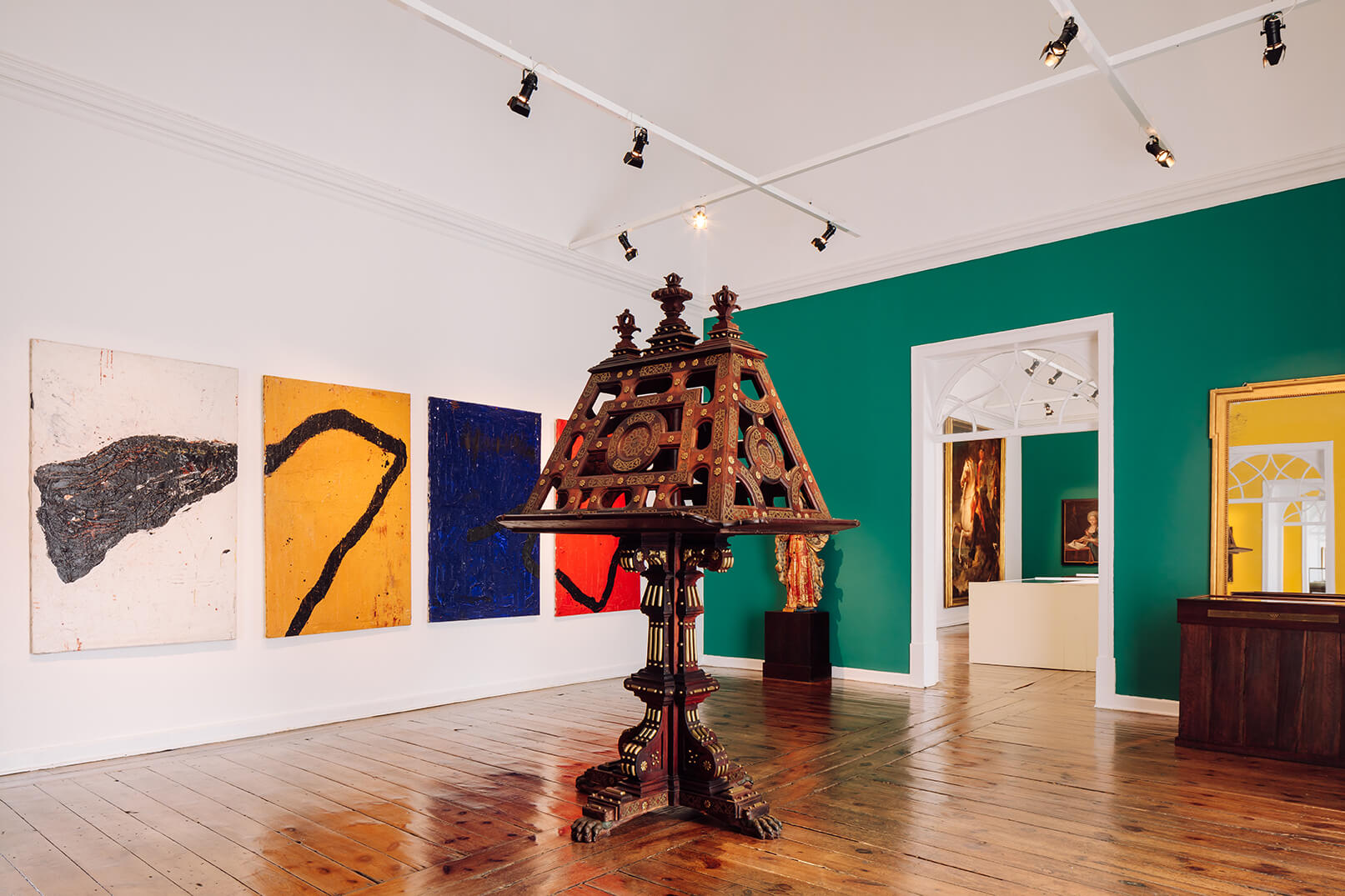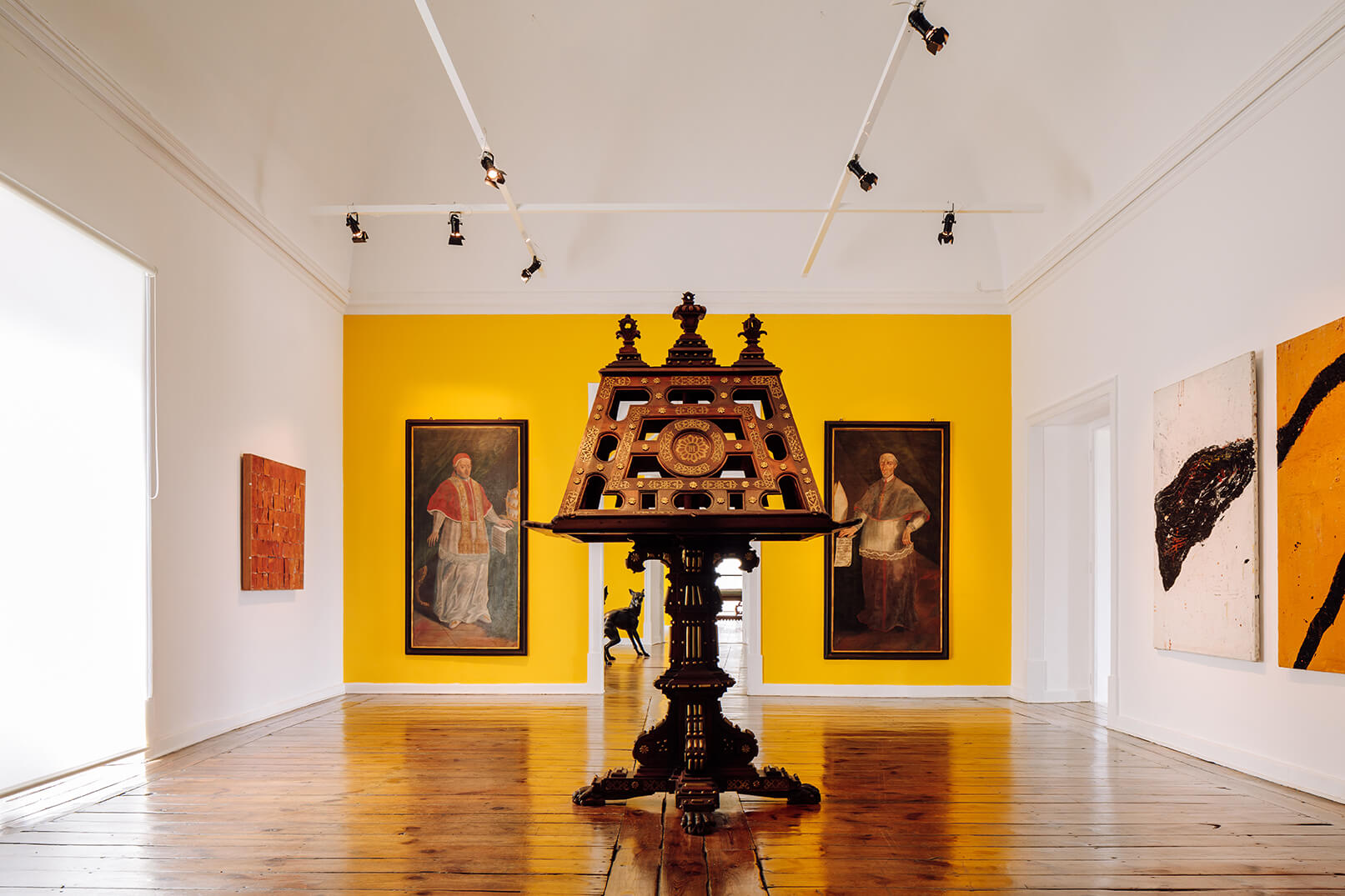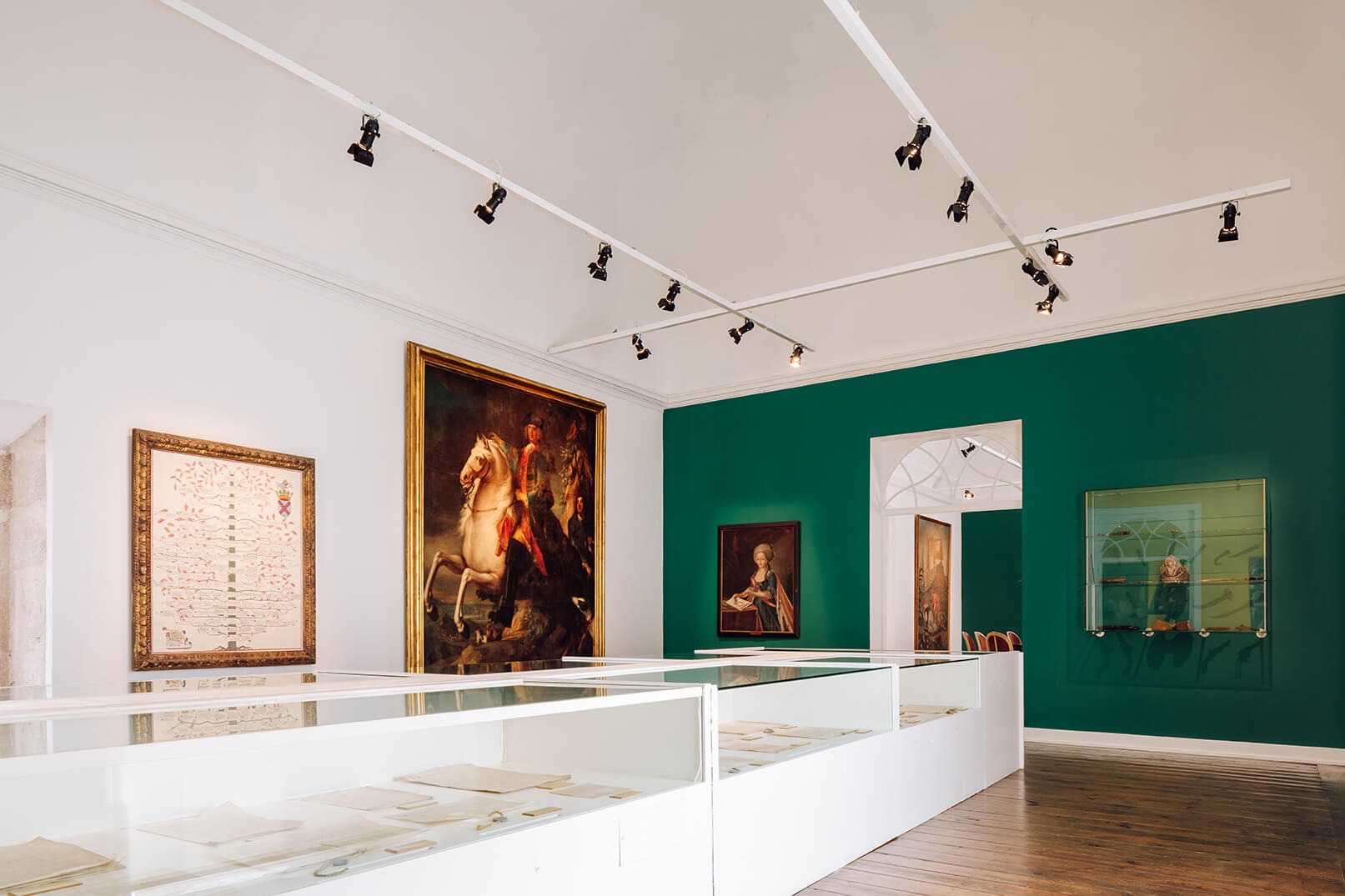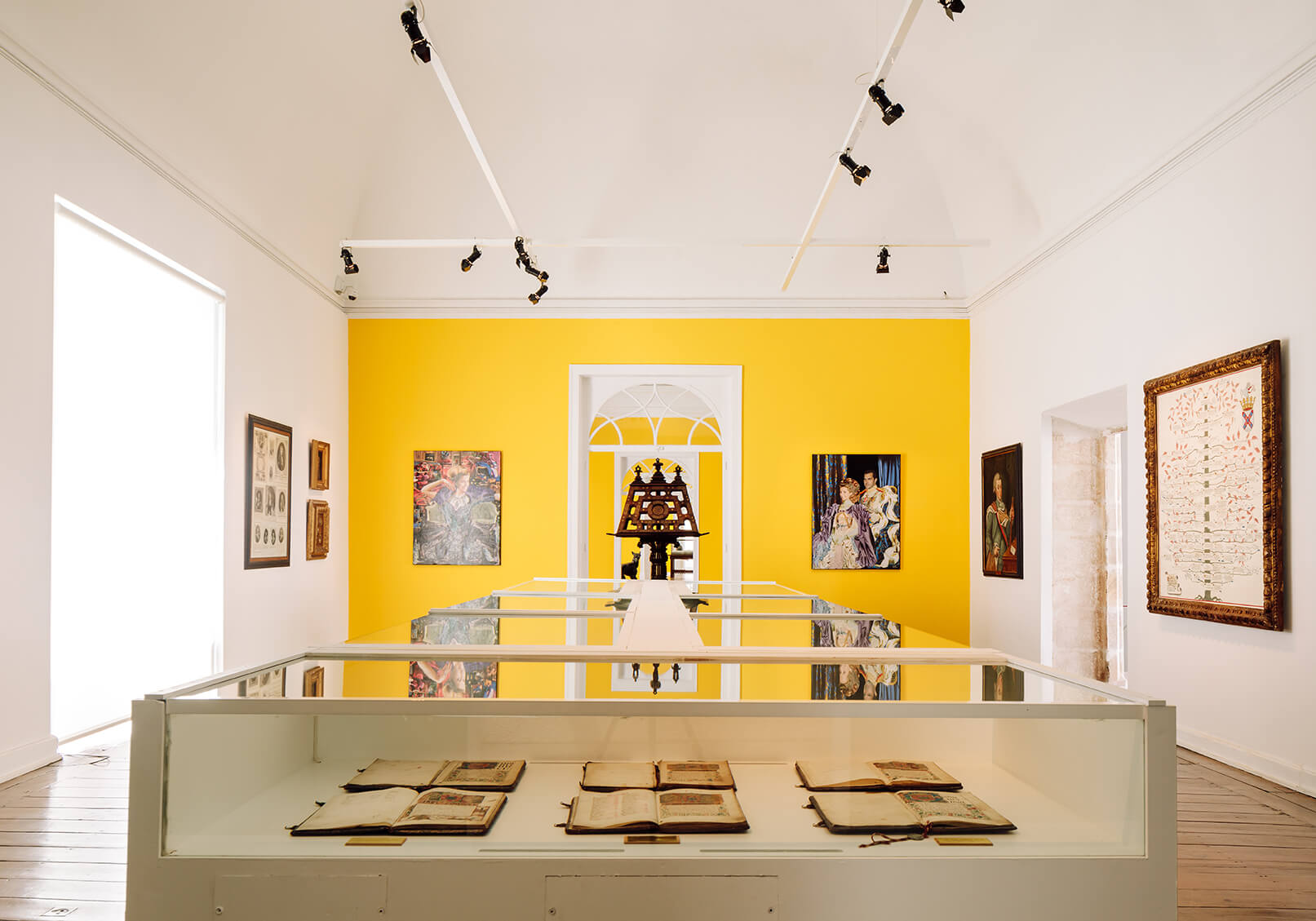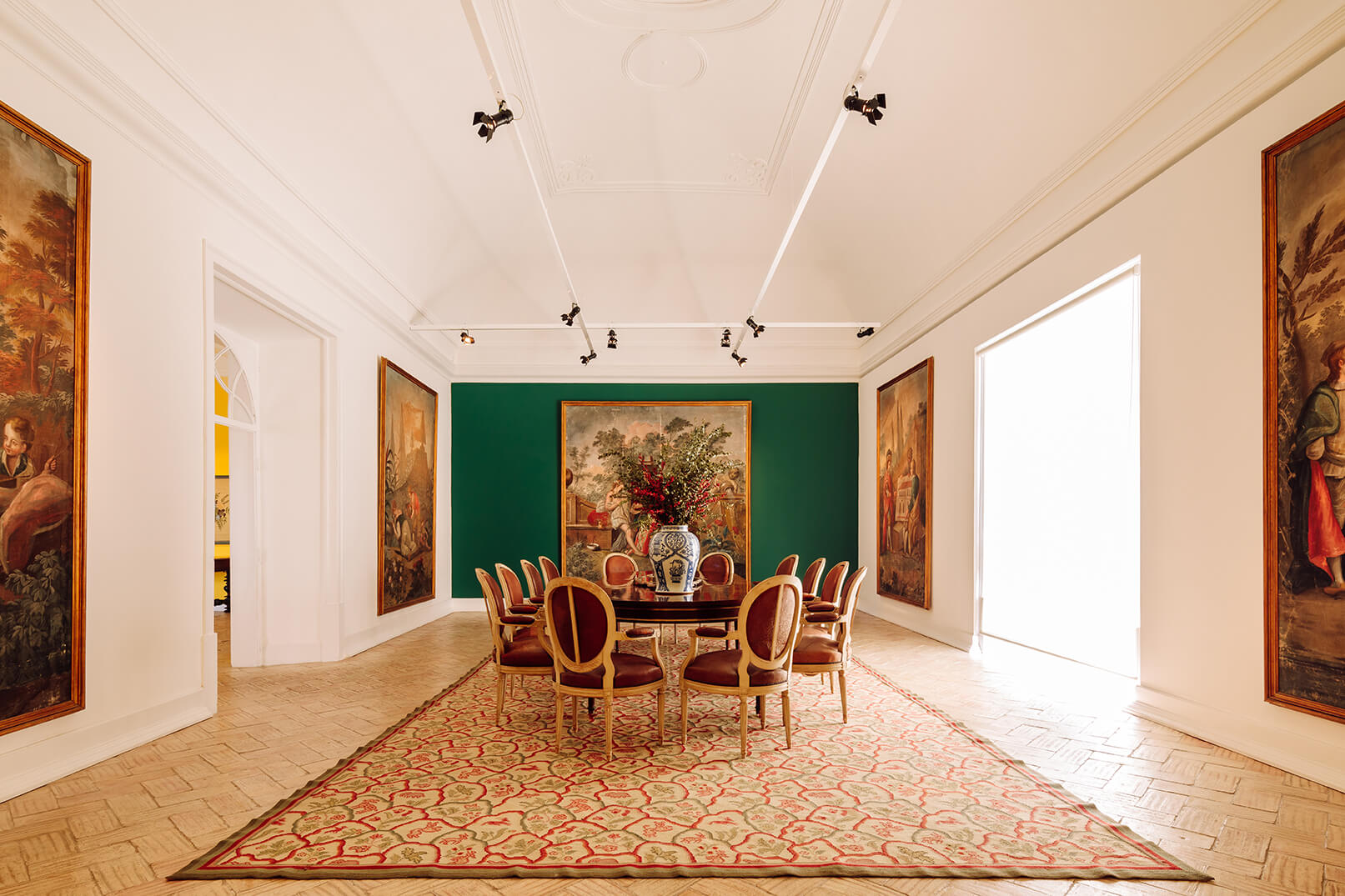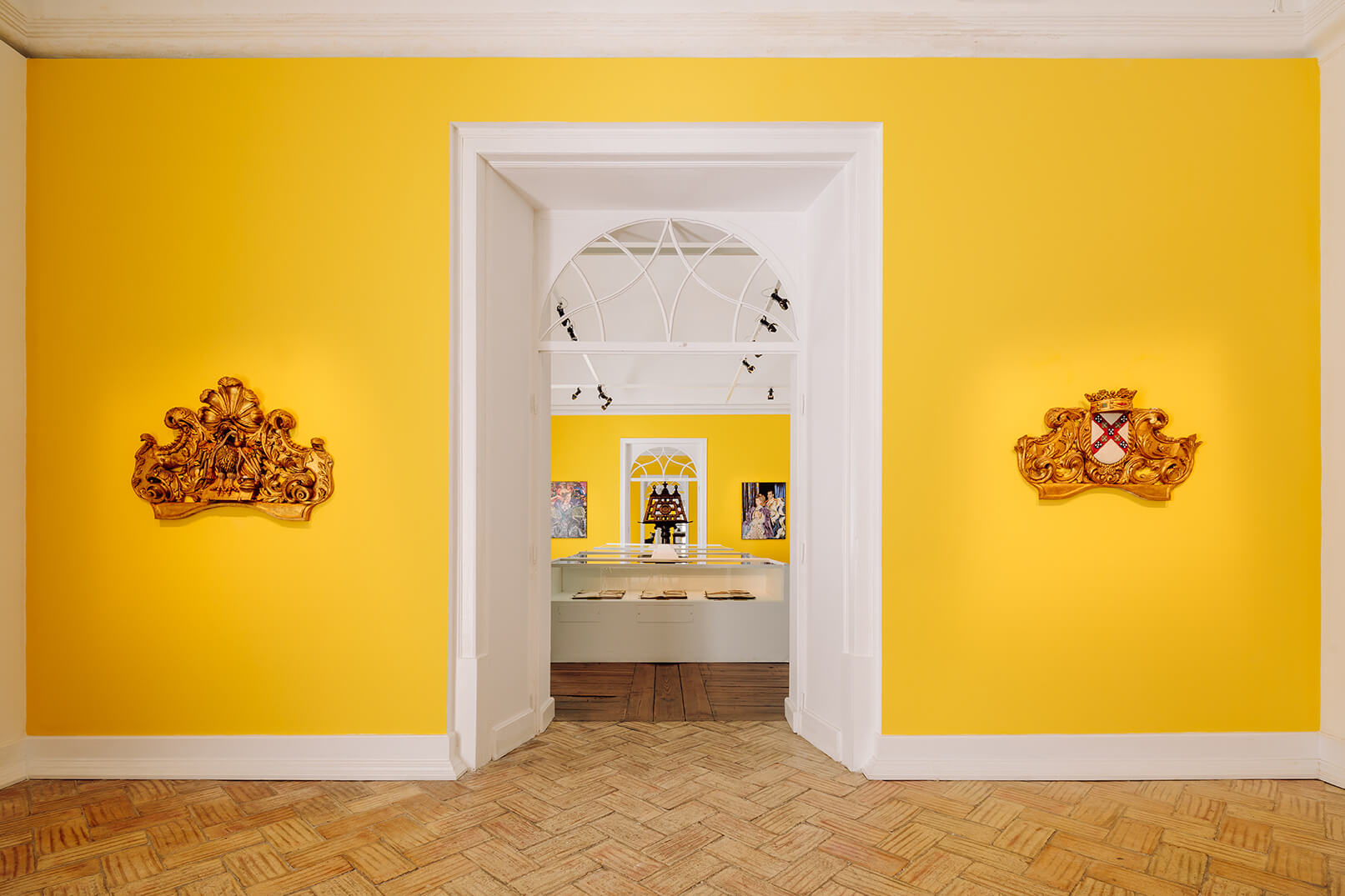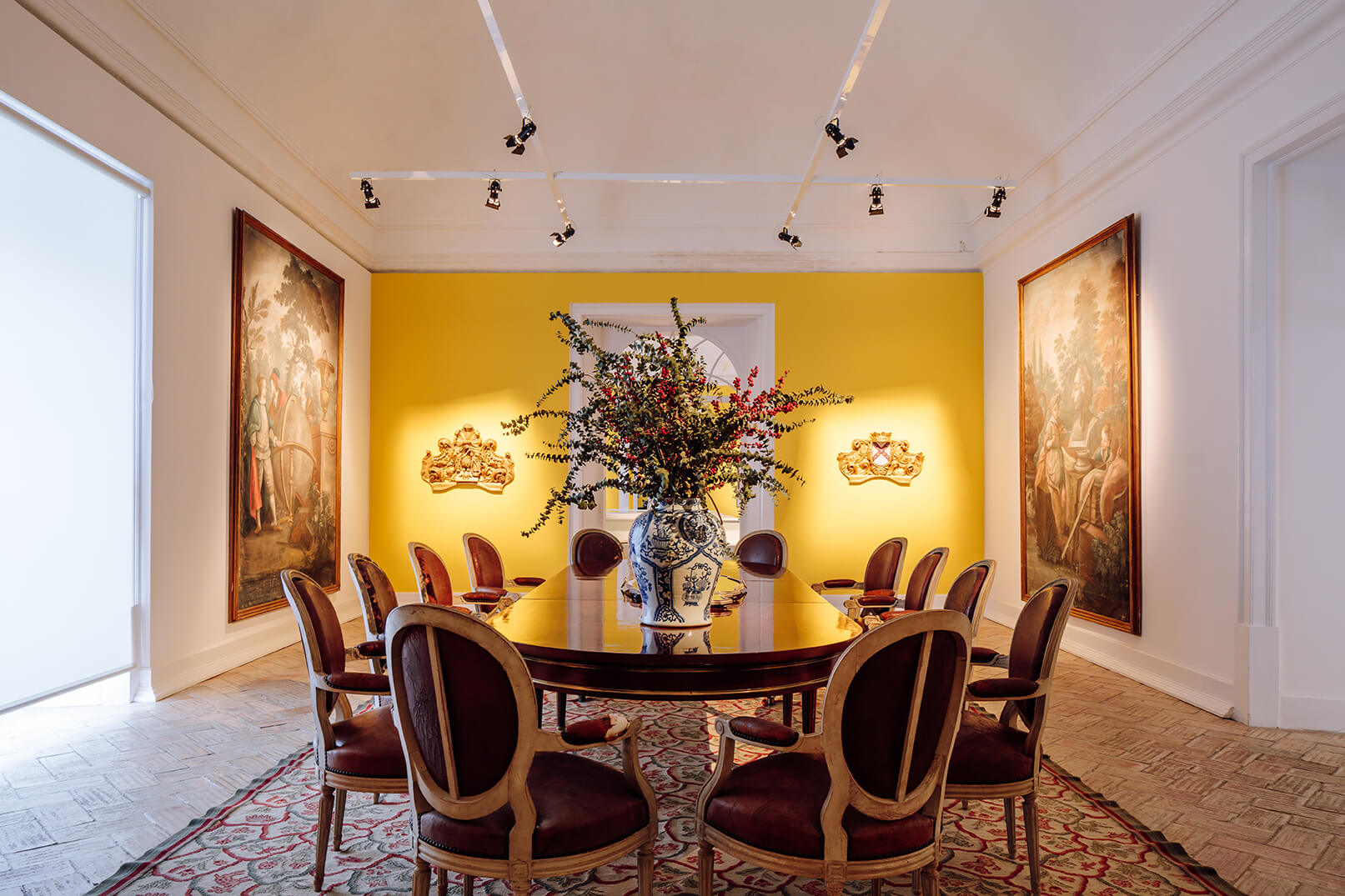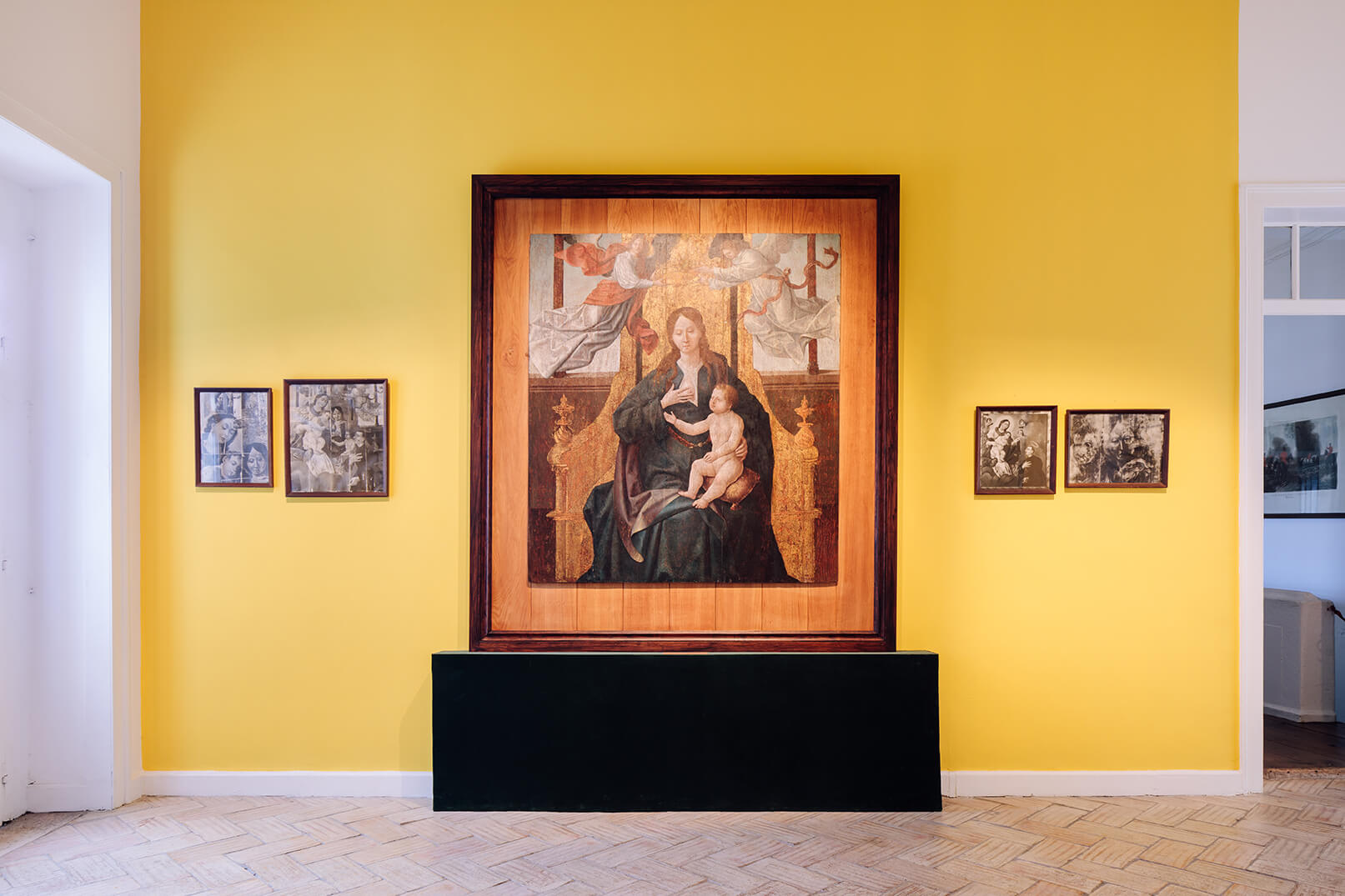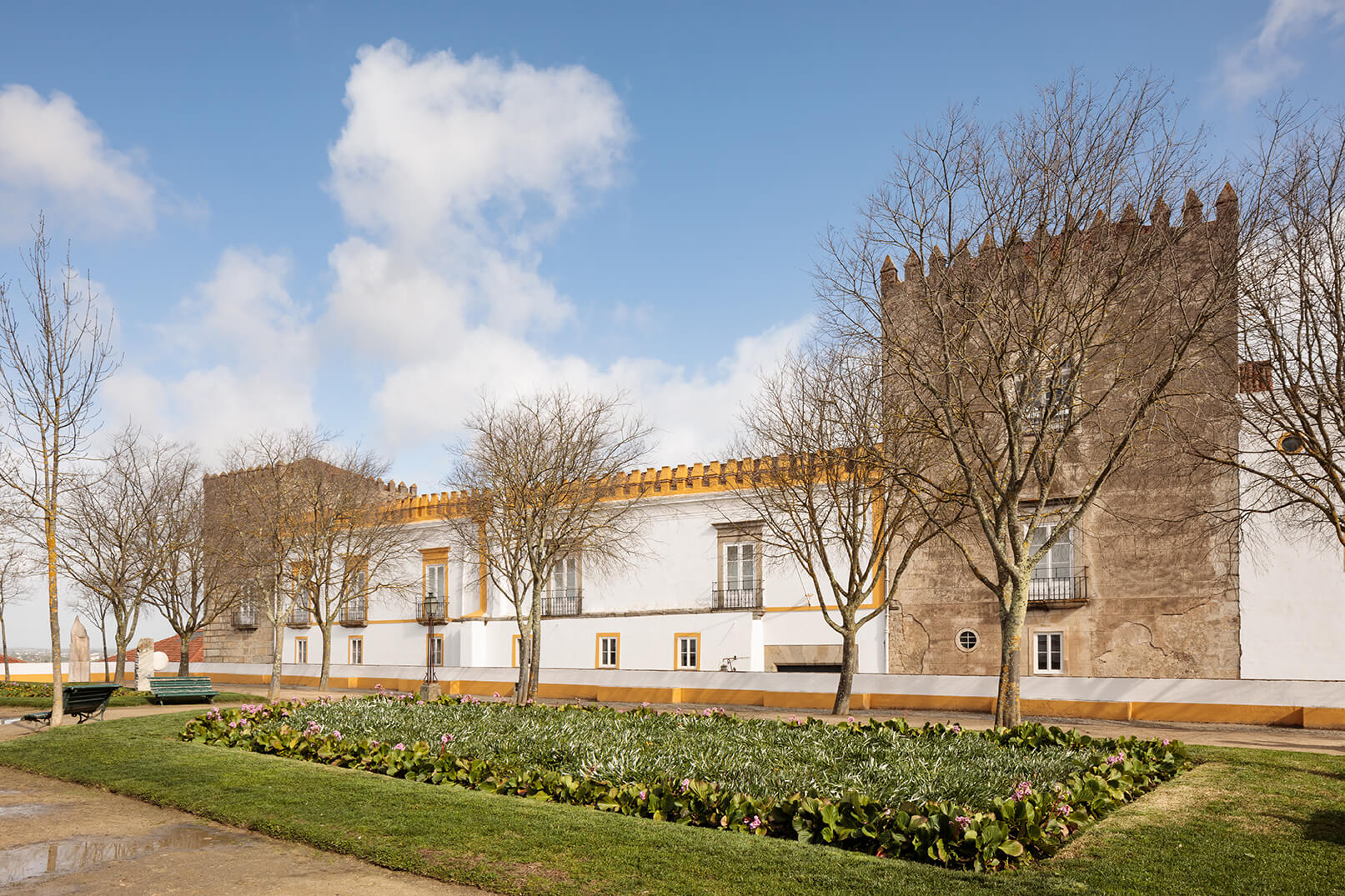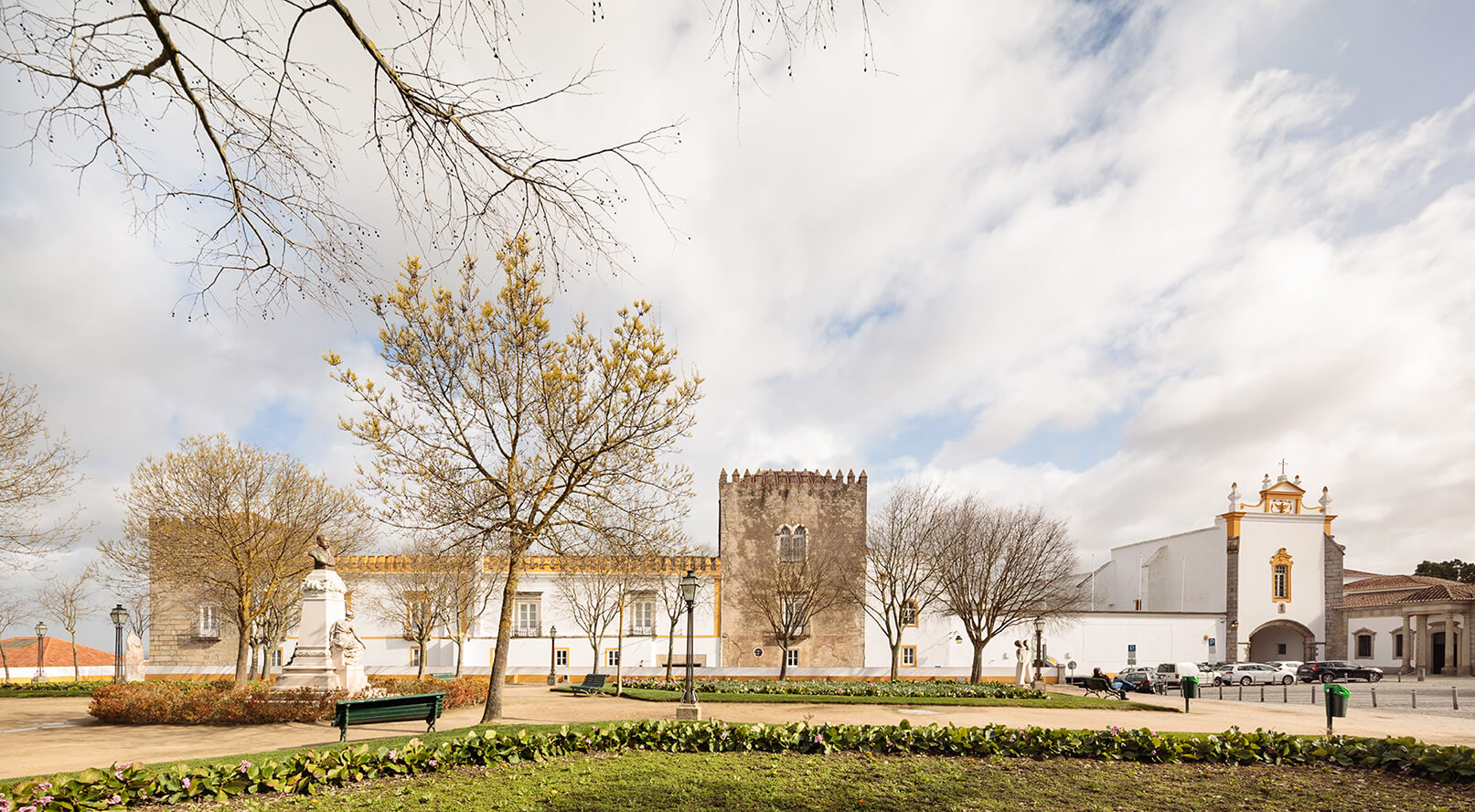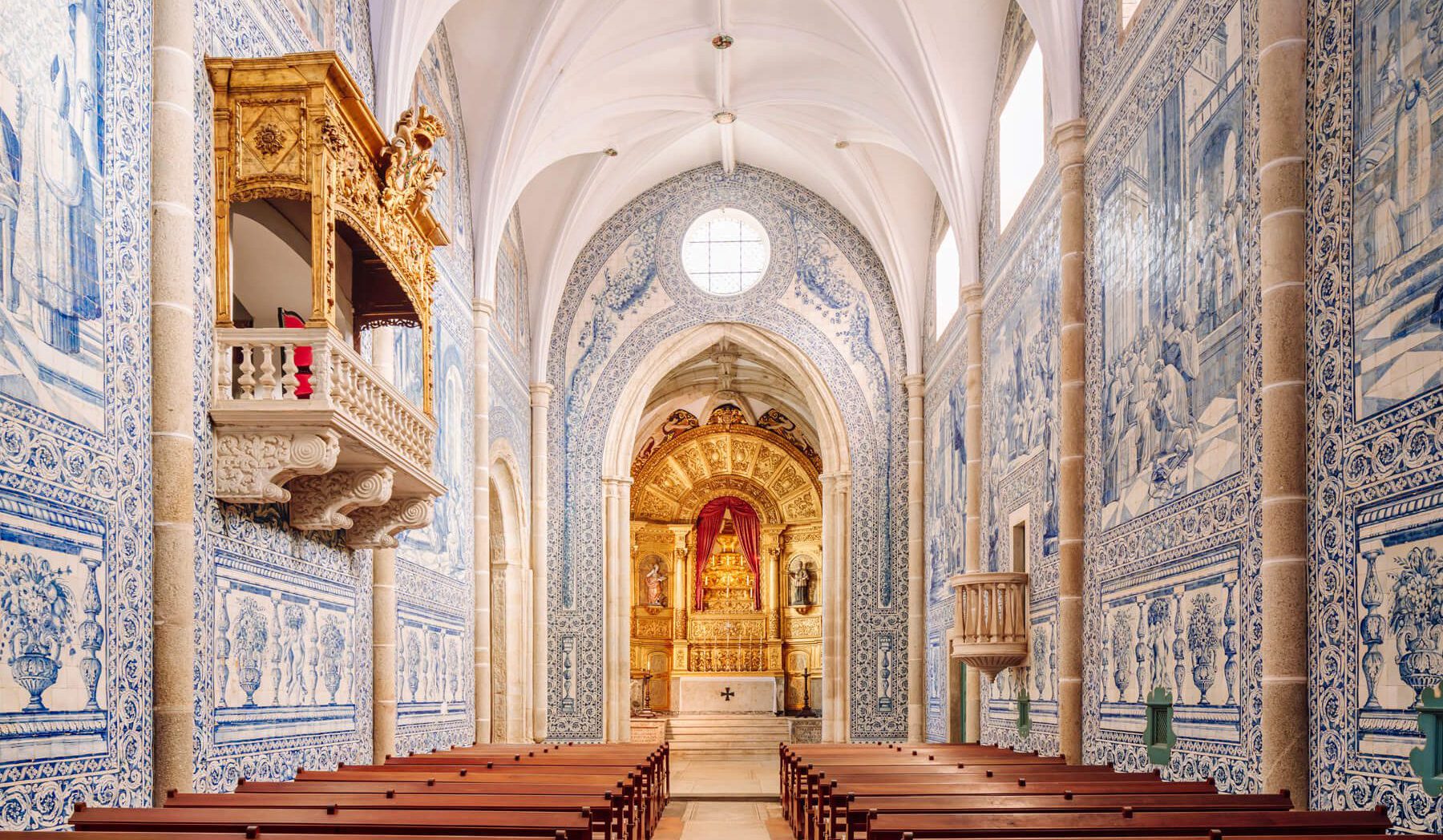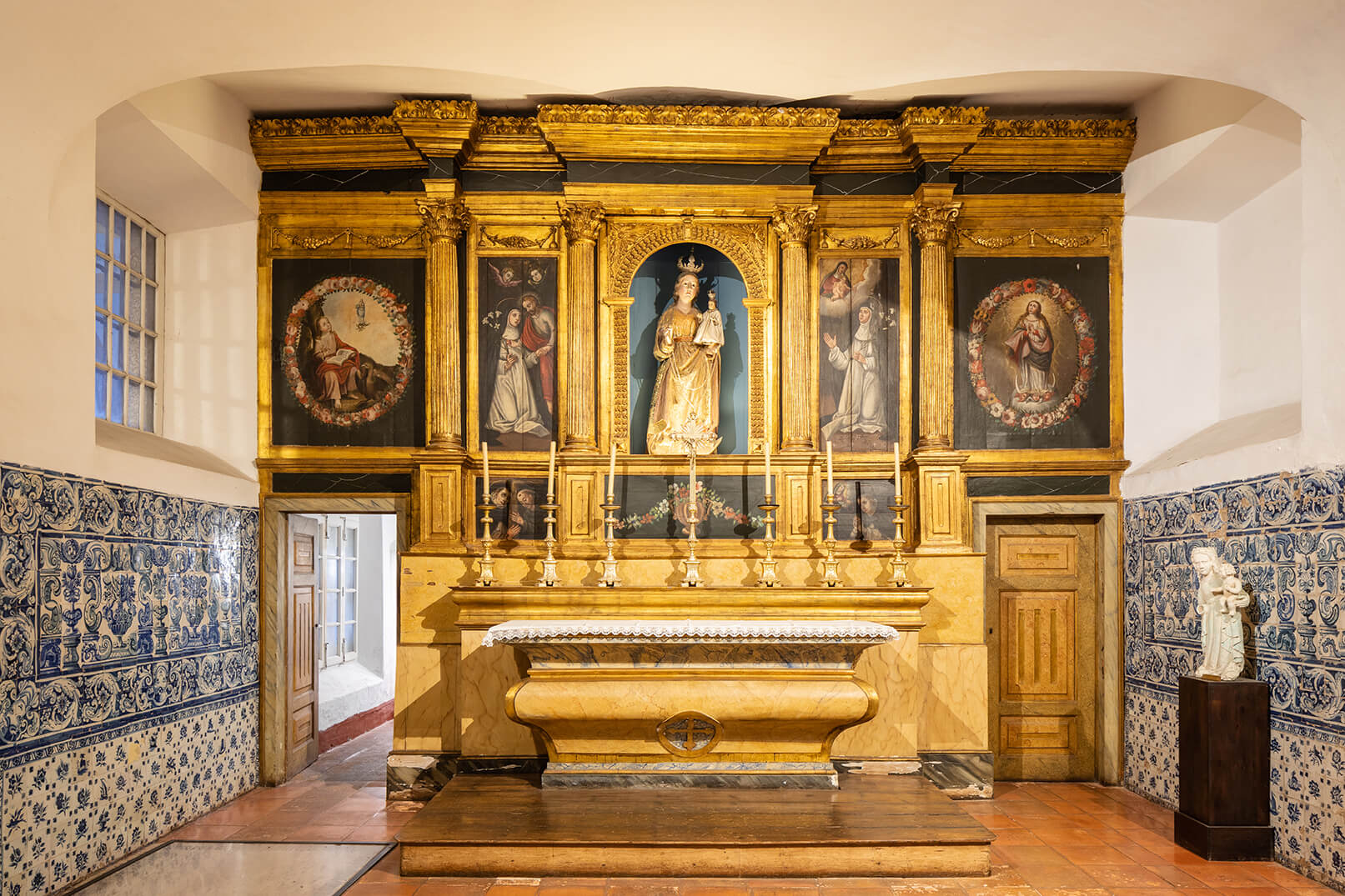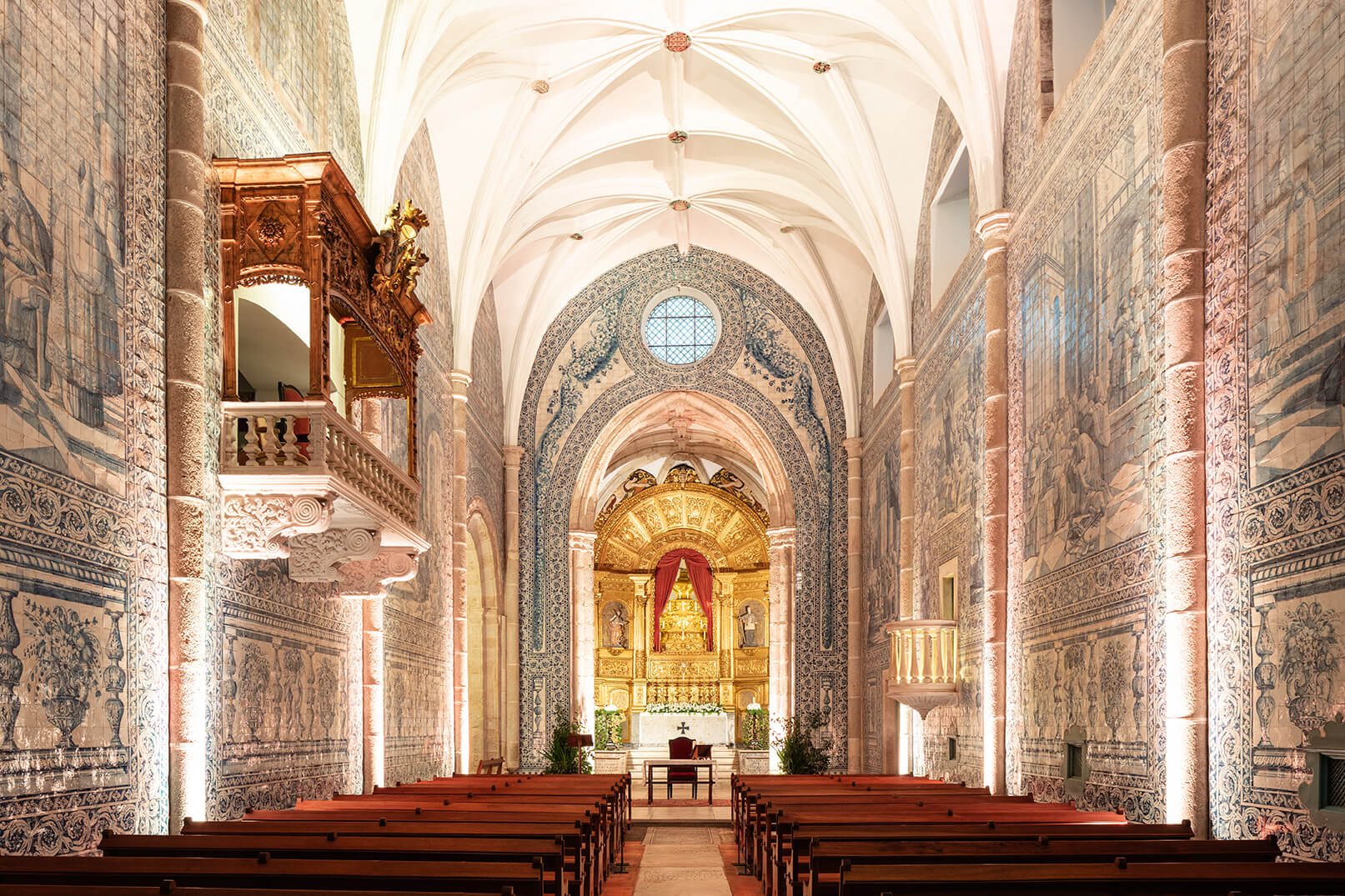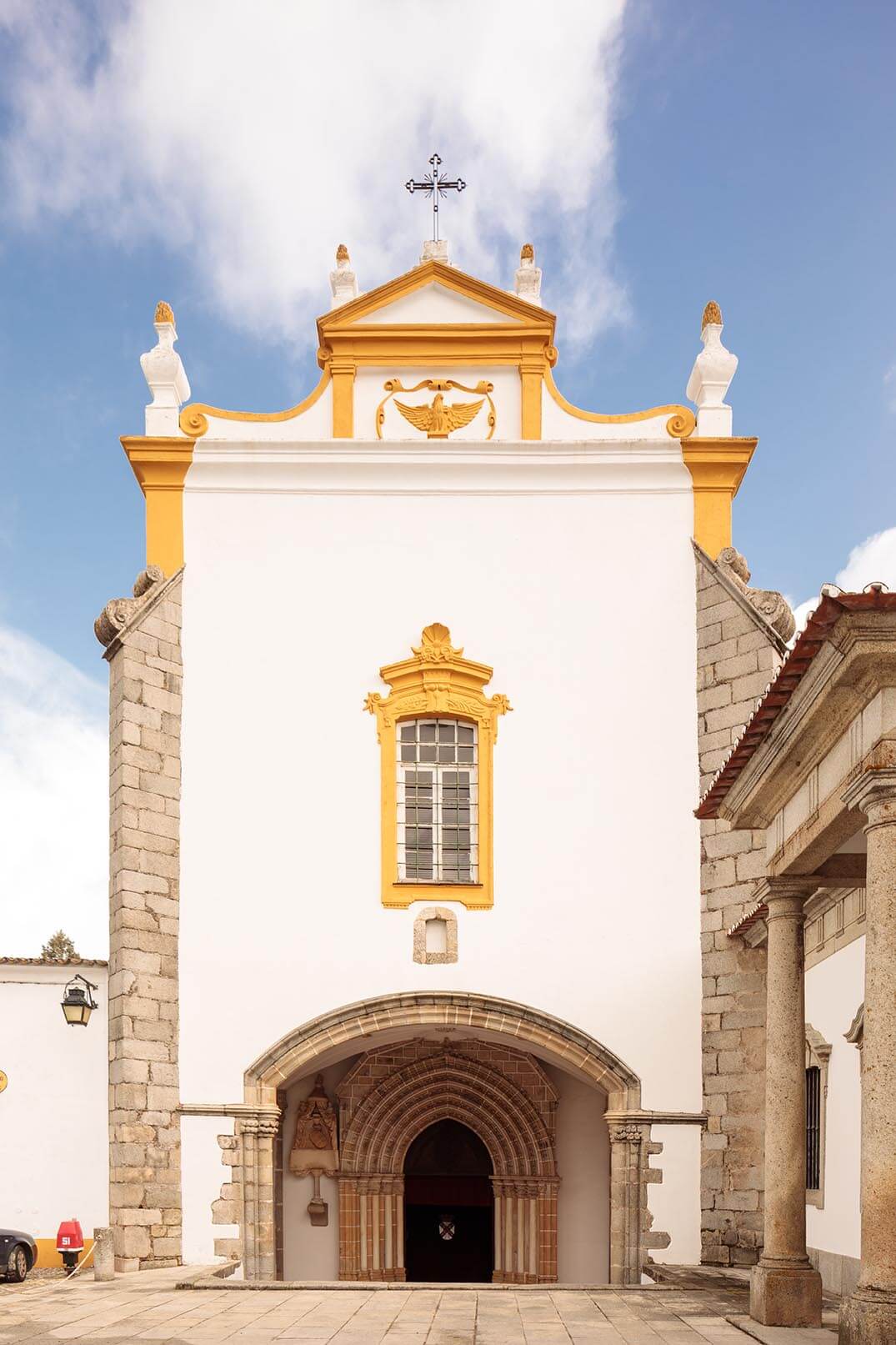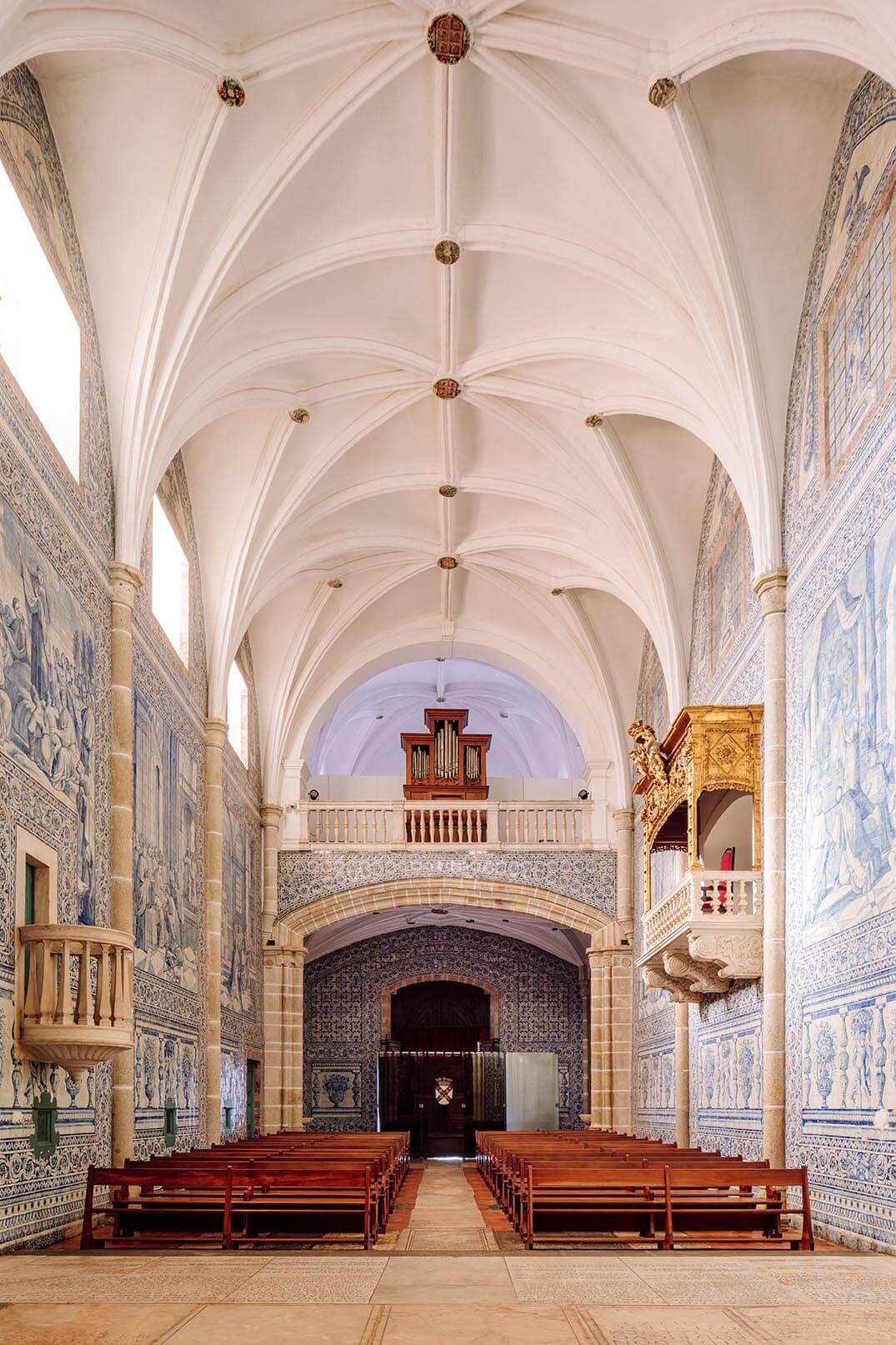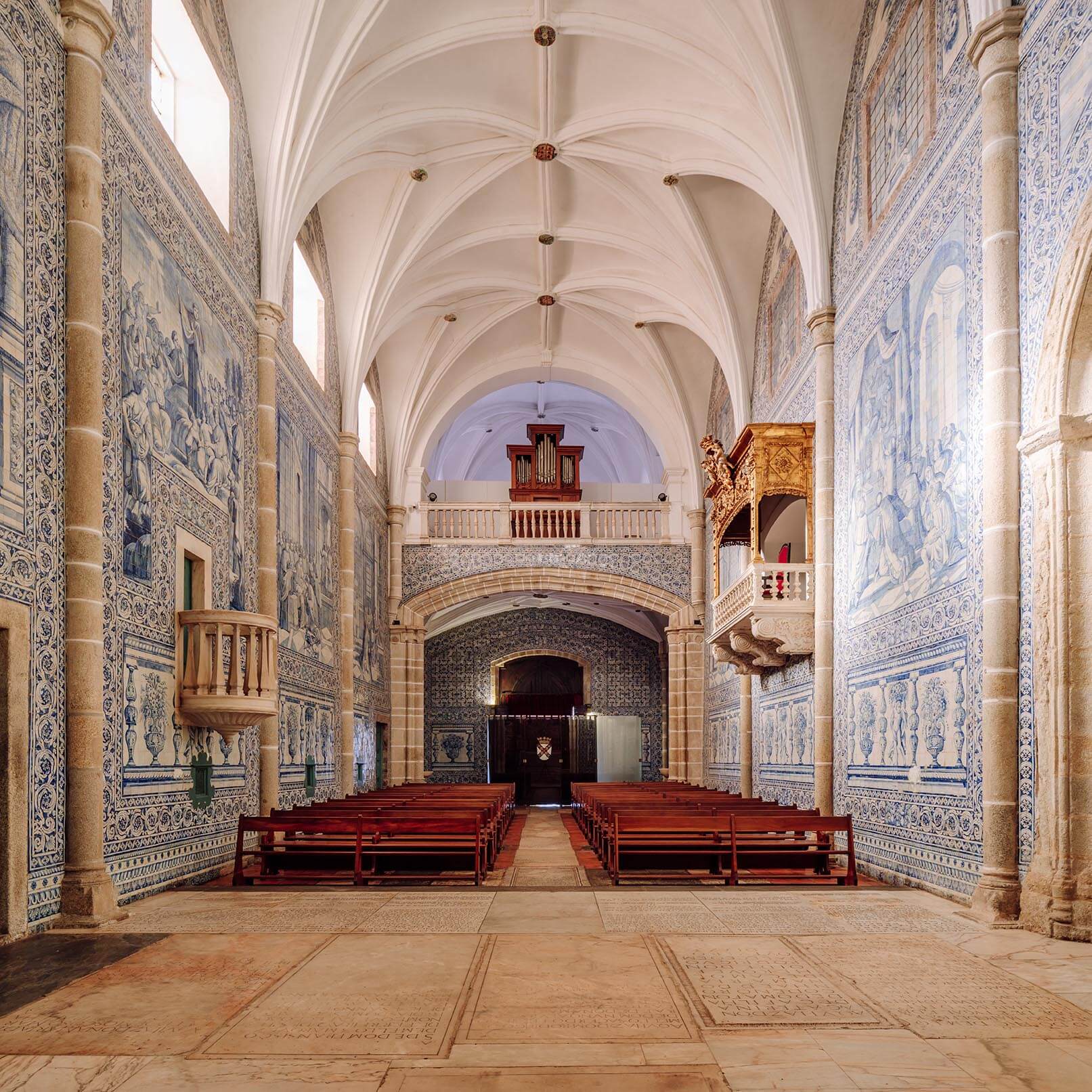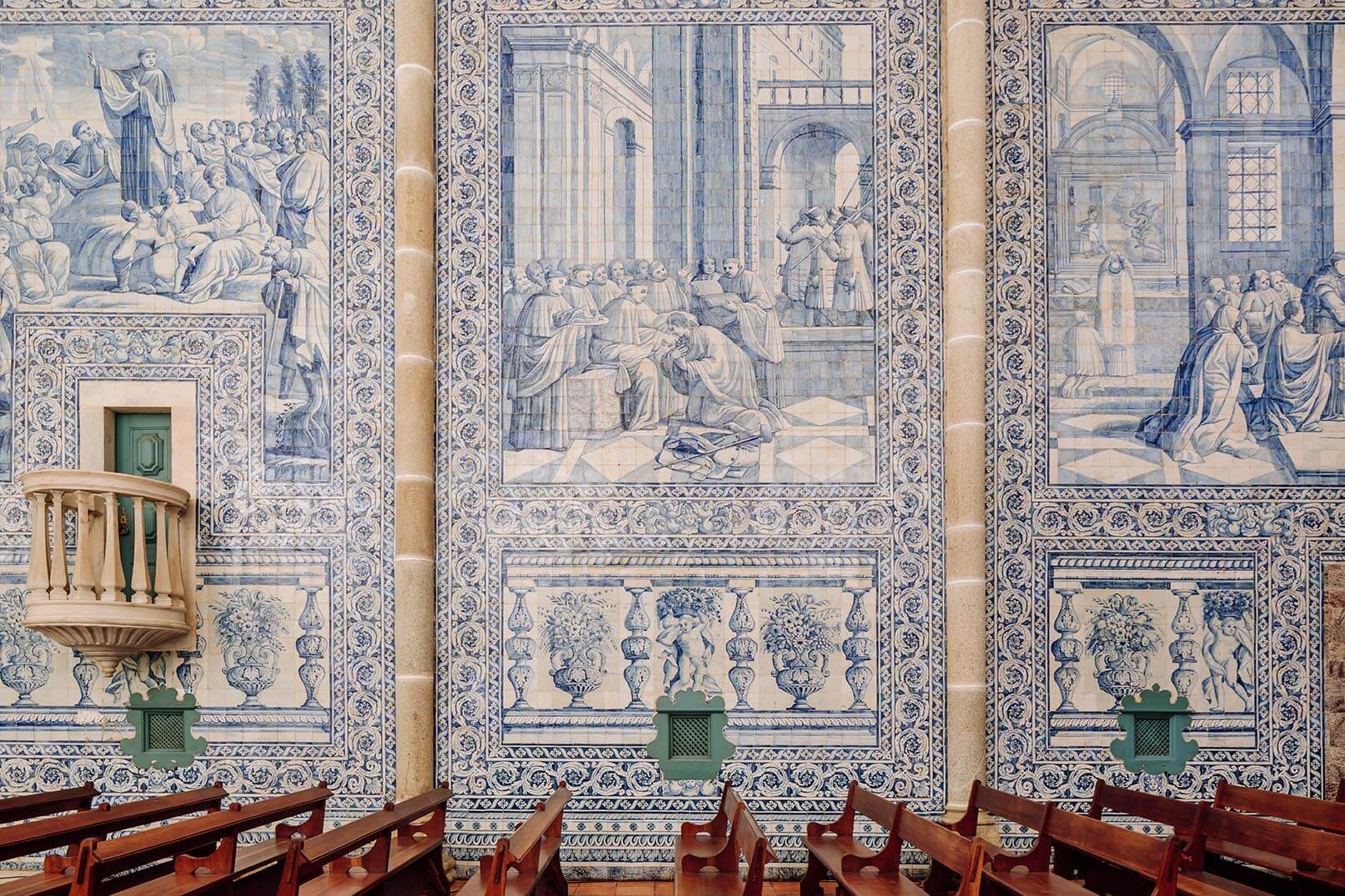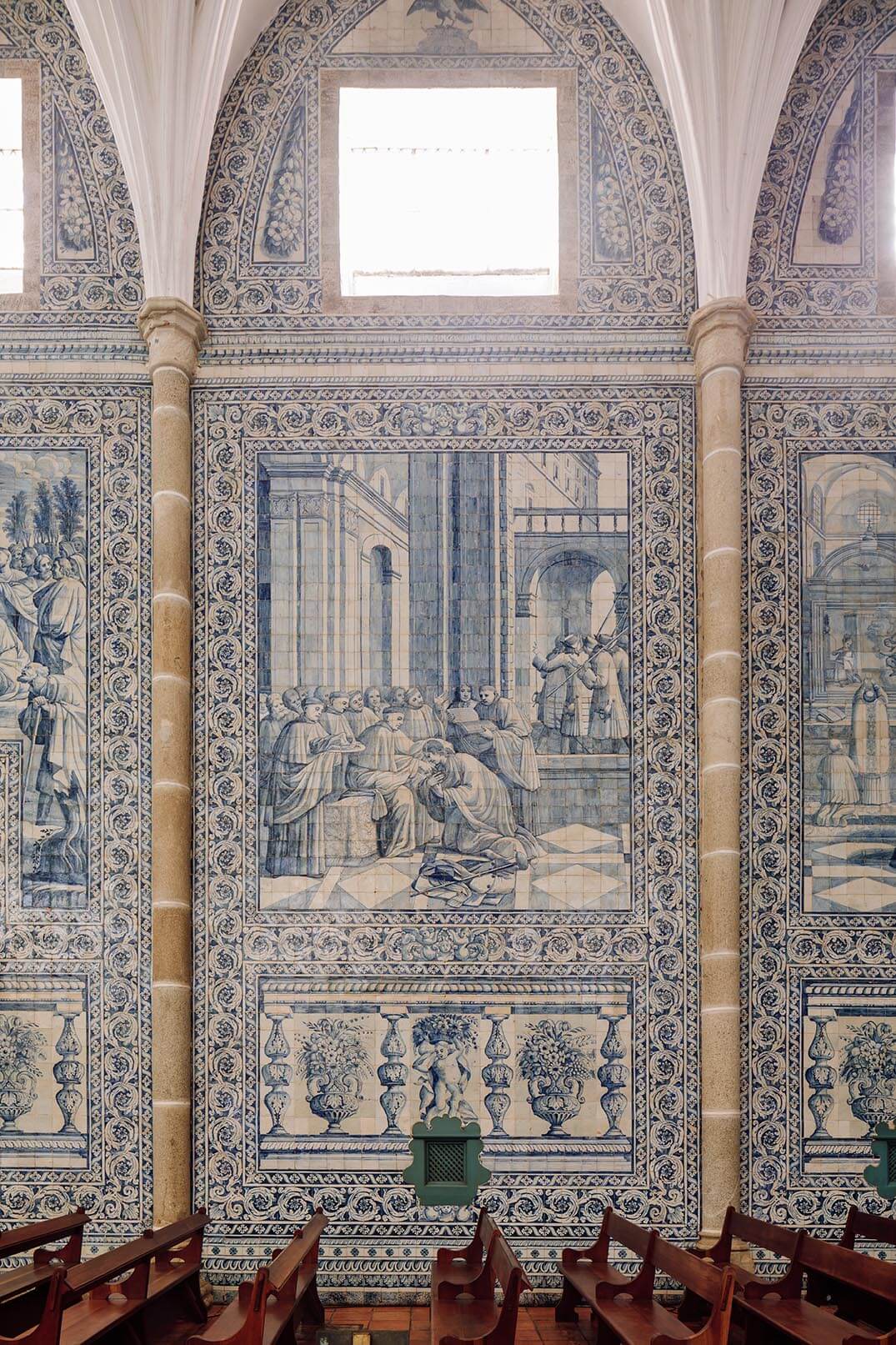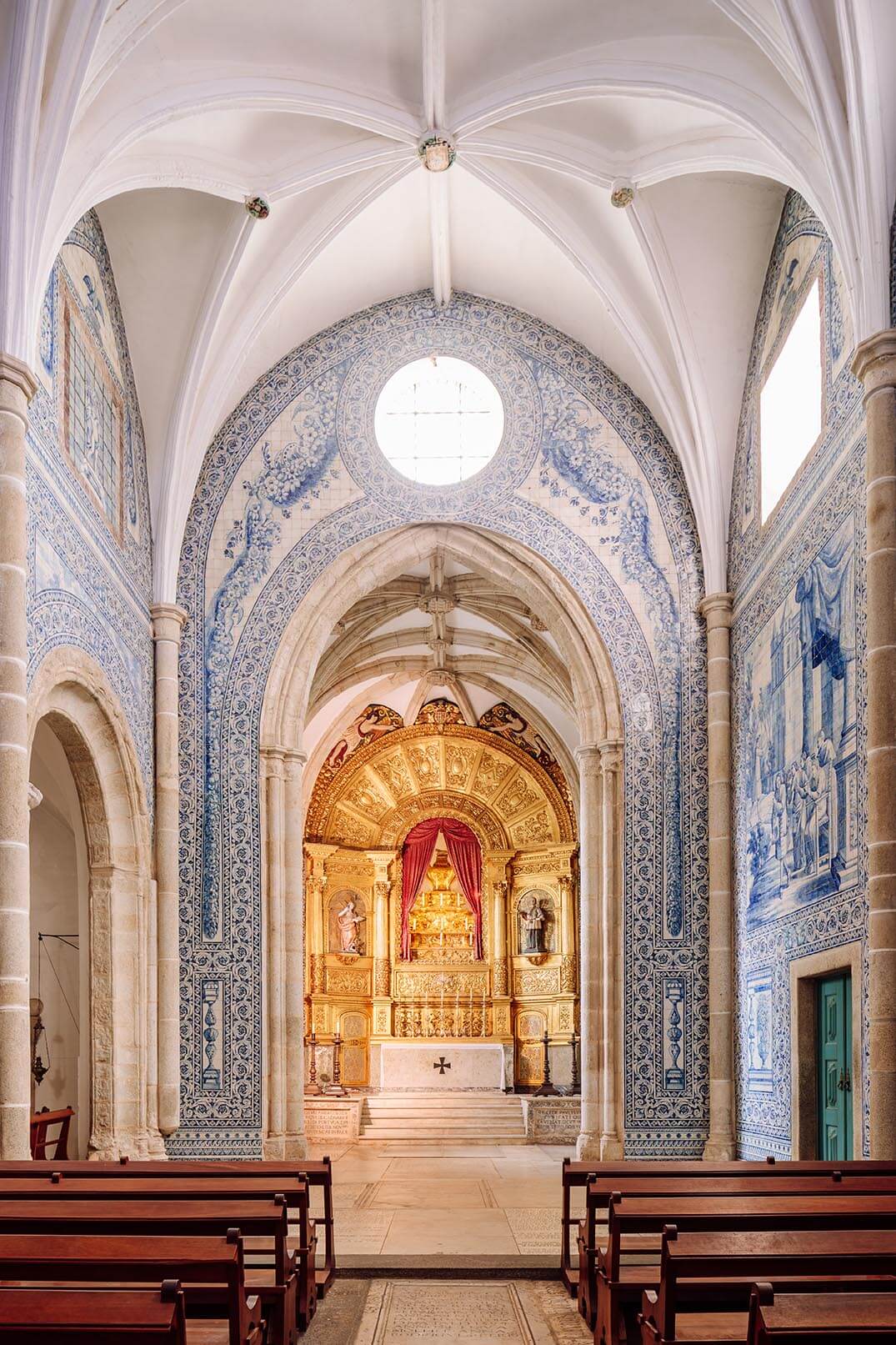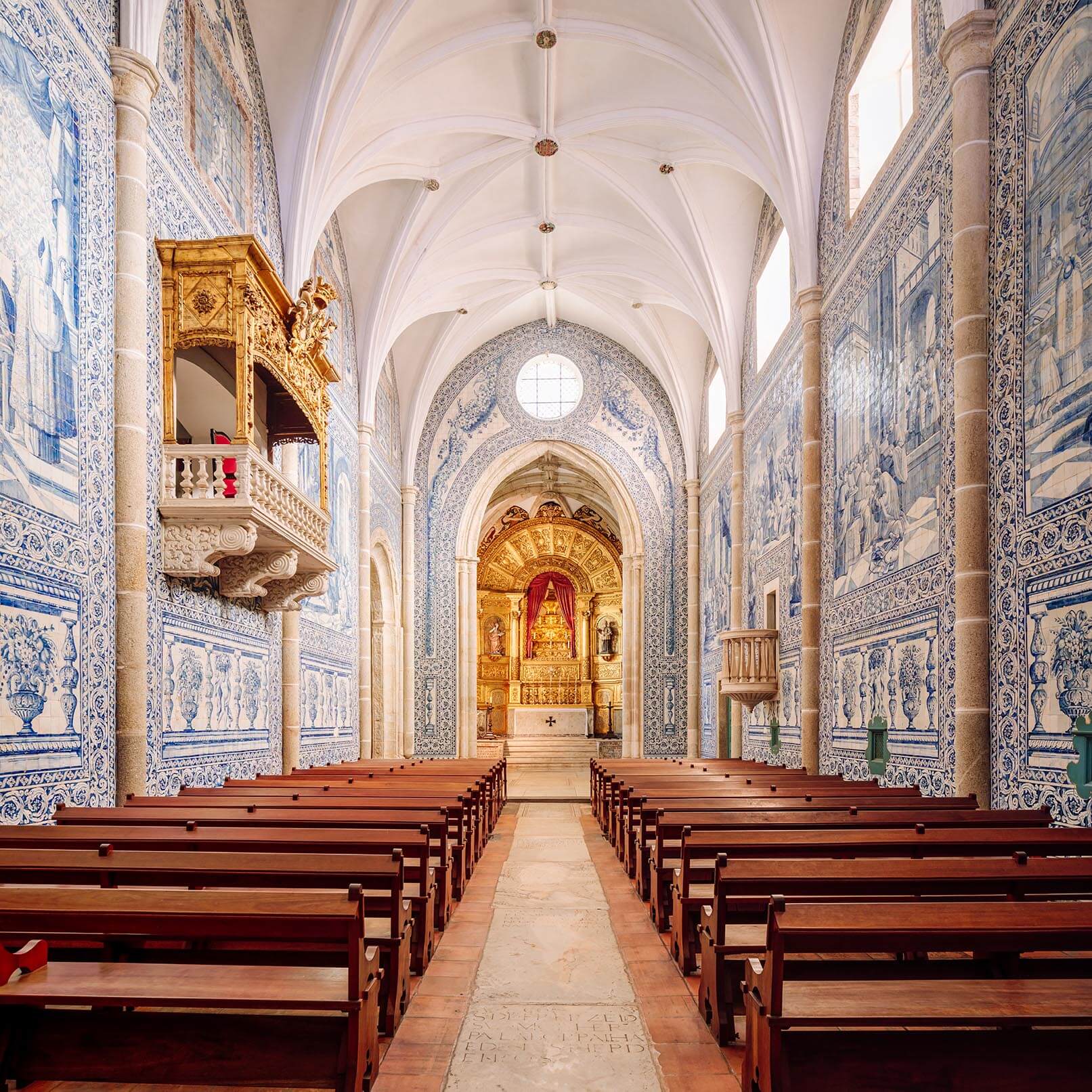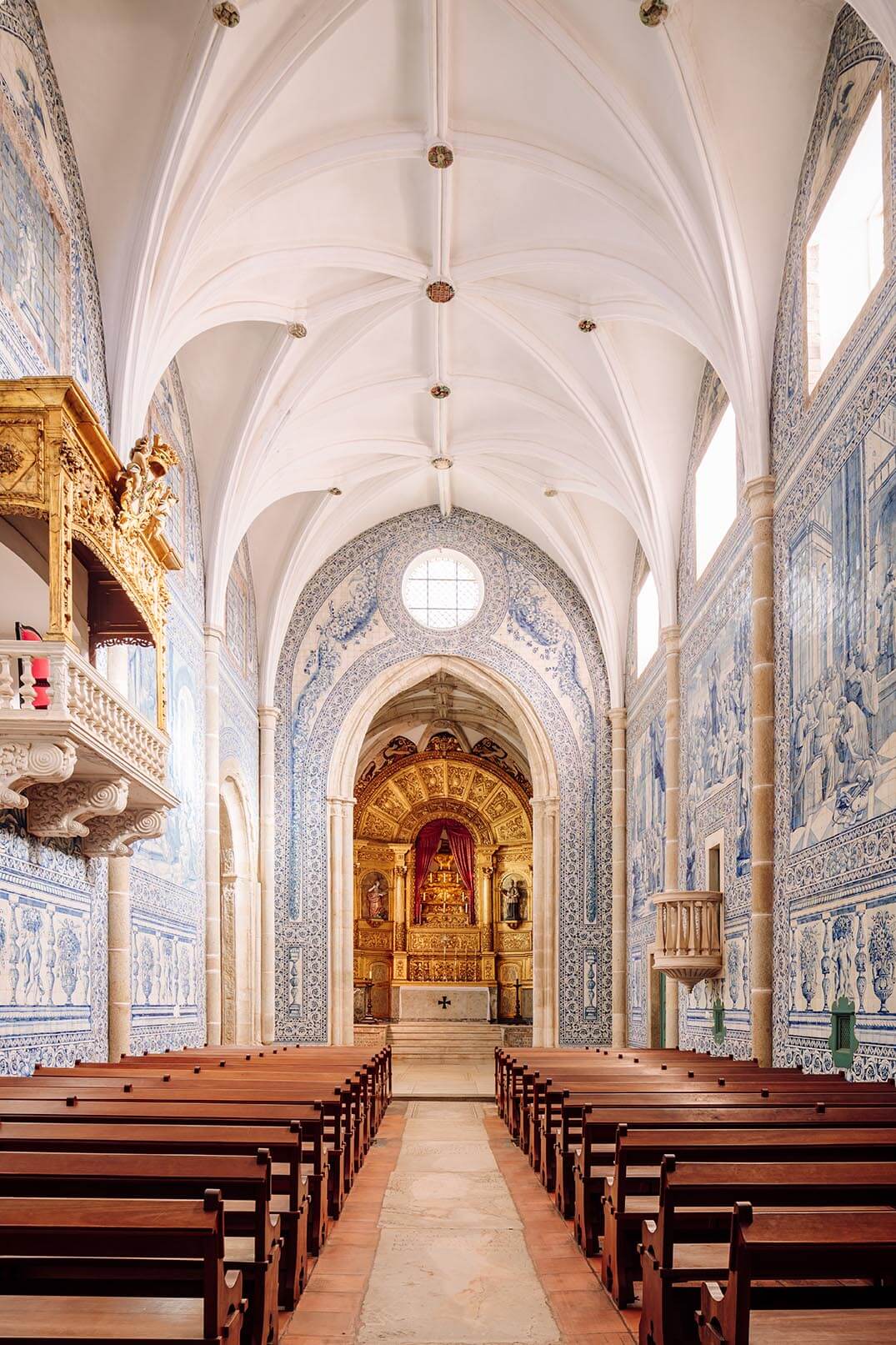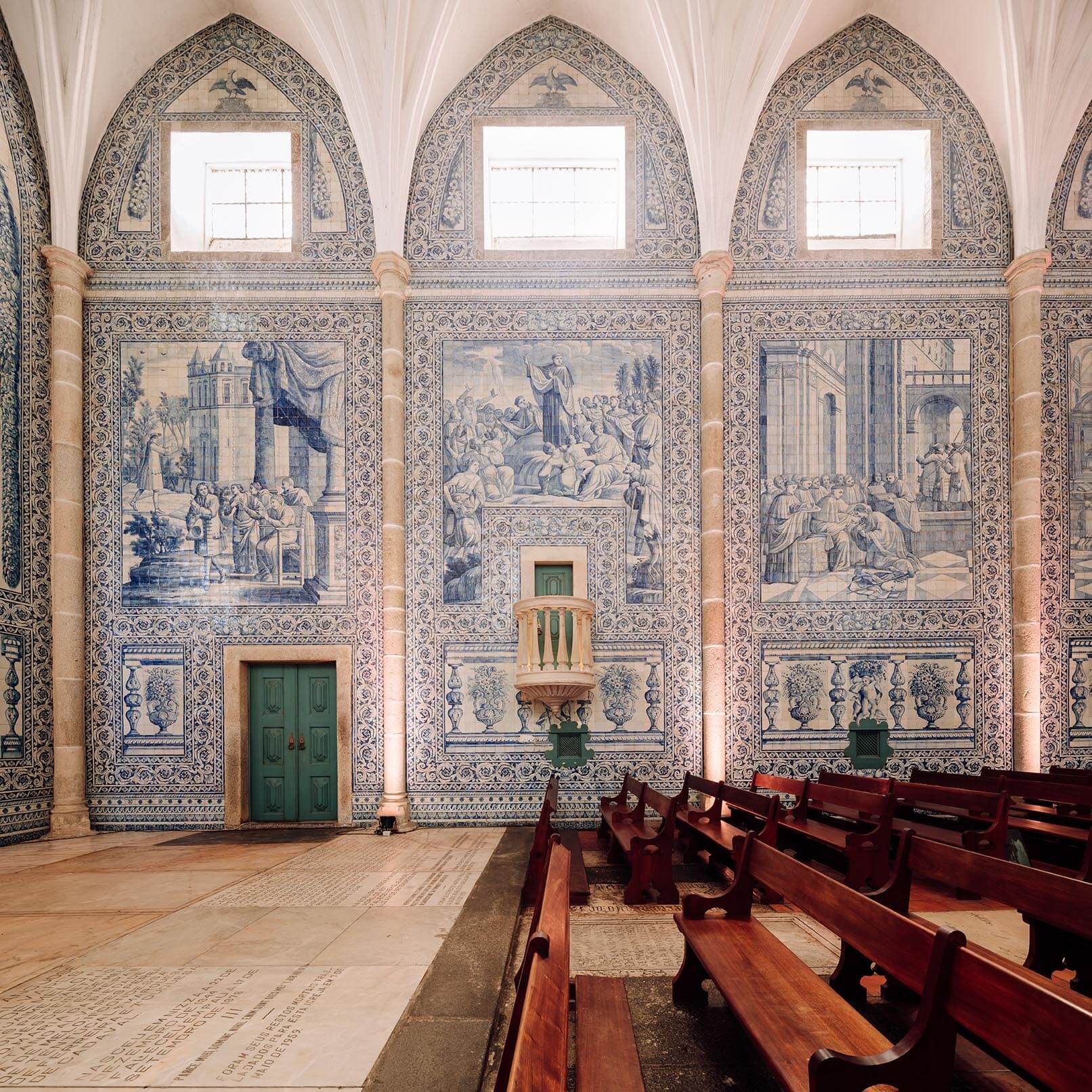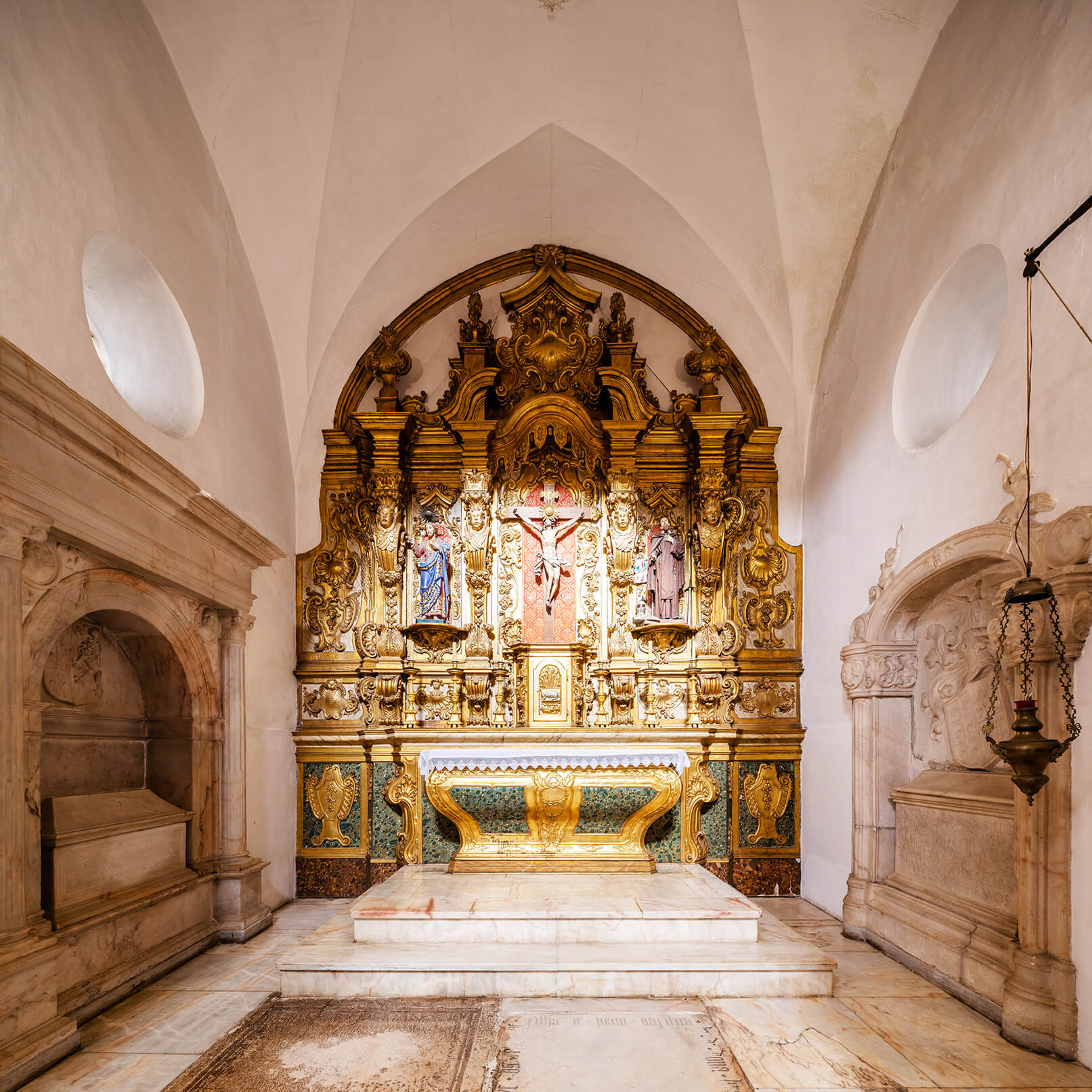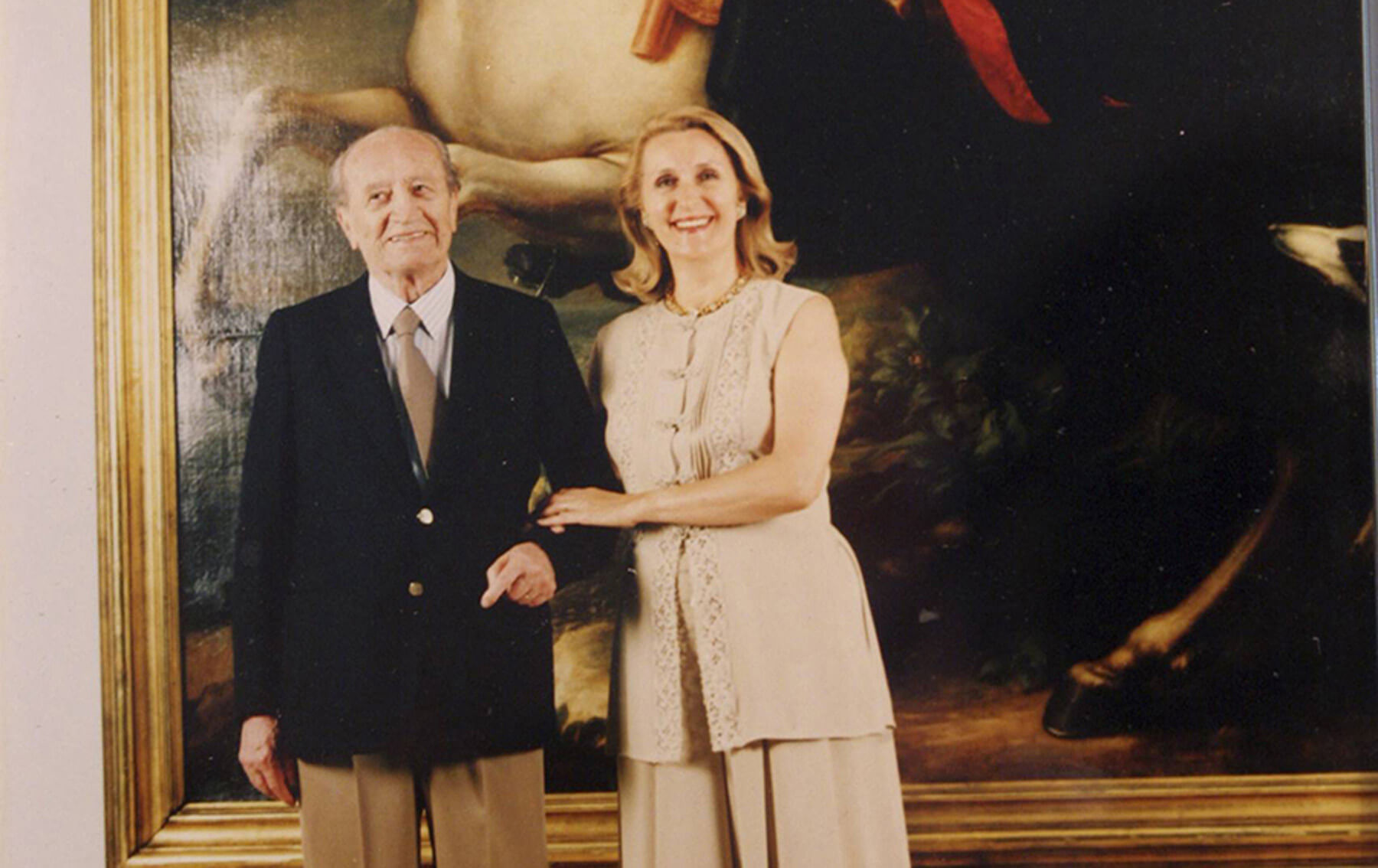The Cadaval Palace
Visiting the Cadaval Palace is to feel up close what is also the history of Portugal. The ancestral home and the property of the Dukes of Cadaval family, since its foundation in the 14th century until today, the Palace was built on the ruins of a Moorish Castle in the heart of Évora, and has been able to extend itself over time in all its essence through careful intervention programs.
Located in front of the Roman Temple, the Palace is a singular example of the country’s architectural heritage, resulting from a unique combination of Mudéjar, Gothic and Manueline styles. The building’s body includes a vast multi-storey residential area, two interior gardens and a church that is the final resting place for every generation of the Dukes of Cadaval family. The church is, moreover, a national reference given its stunning interior, where azulejo tile panels signed and dated from the beginning of the 18th century prevail.
Martim Afonso de Melo, noble servant of the Grand Master of the Order of Aviz and descendant of the Portuguese royal family, commissioned the building, then designated the Palace of the Tower of the Five Shields. The Palace served as the temporary residence of the monarchs Dom João II, Dom João IV and Dom João V. The Palace was also used to imprison the Duke Dom Fernando II of Braganza, accused of conspiring against King Dom João II and subsequently beheaded in the Praça do Giraldo, in Évora, in 1483.
Today the Palace remains the residence of the Dukes of Cadaval, although the church and some of the rooms are open to the public throughout the year, exhibiting a collection of historical and contemporary pieces from the family: books, charters, armoury, painting, sculpture, furniture, porcelain, portraits and travel accessories, among other objects of value and major historical interest. At the same time, the Palace temporarily hosts several international cultural and artistic exhibitions.
